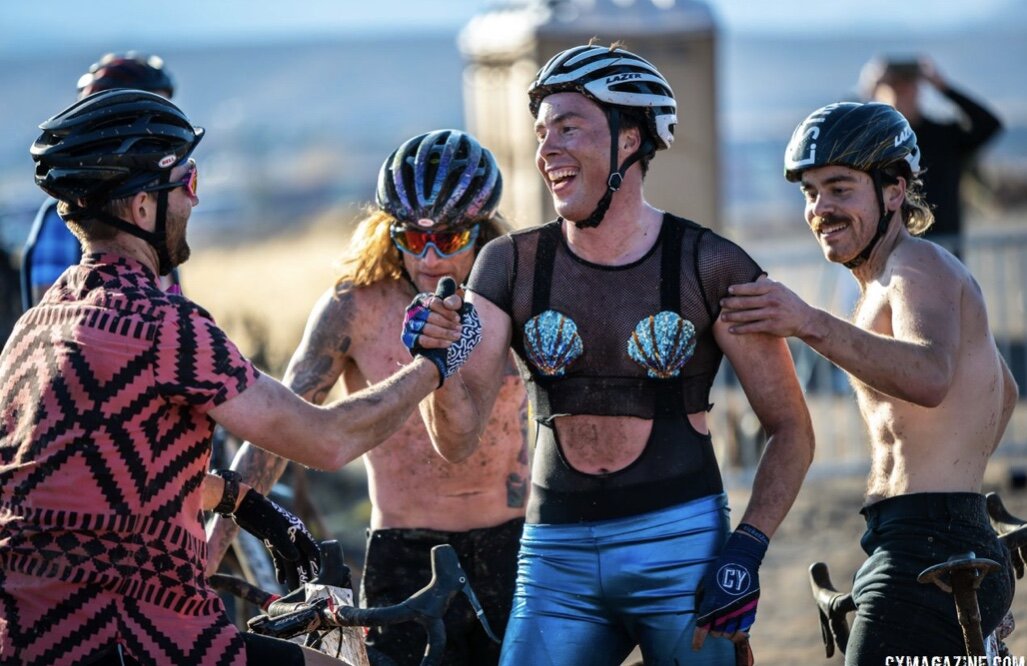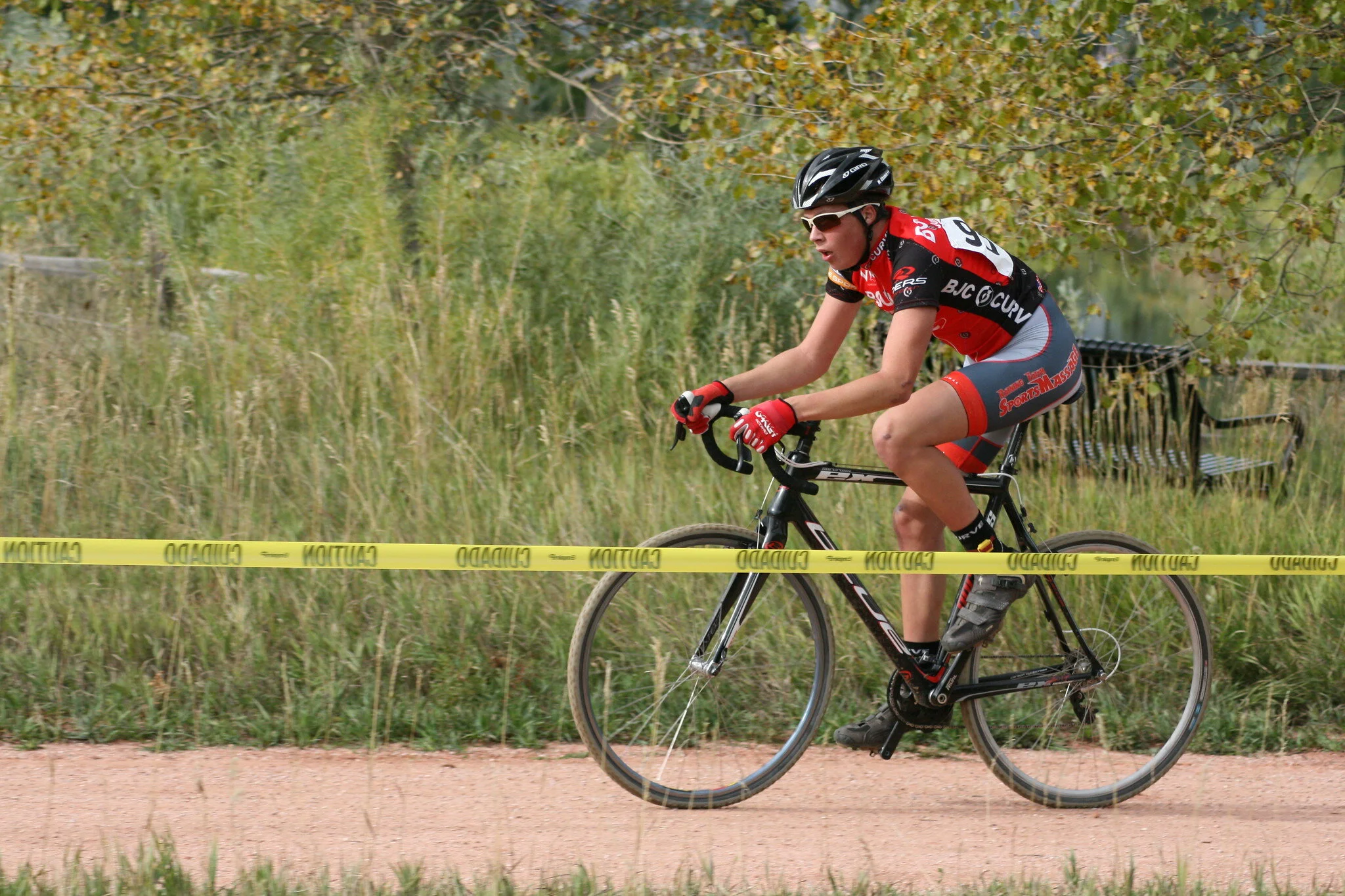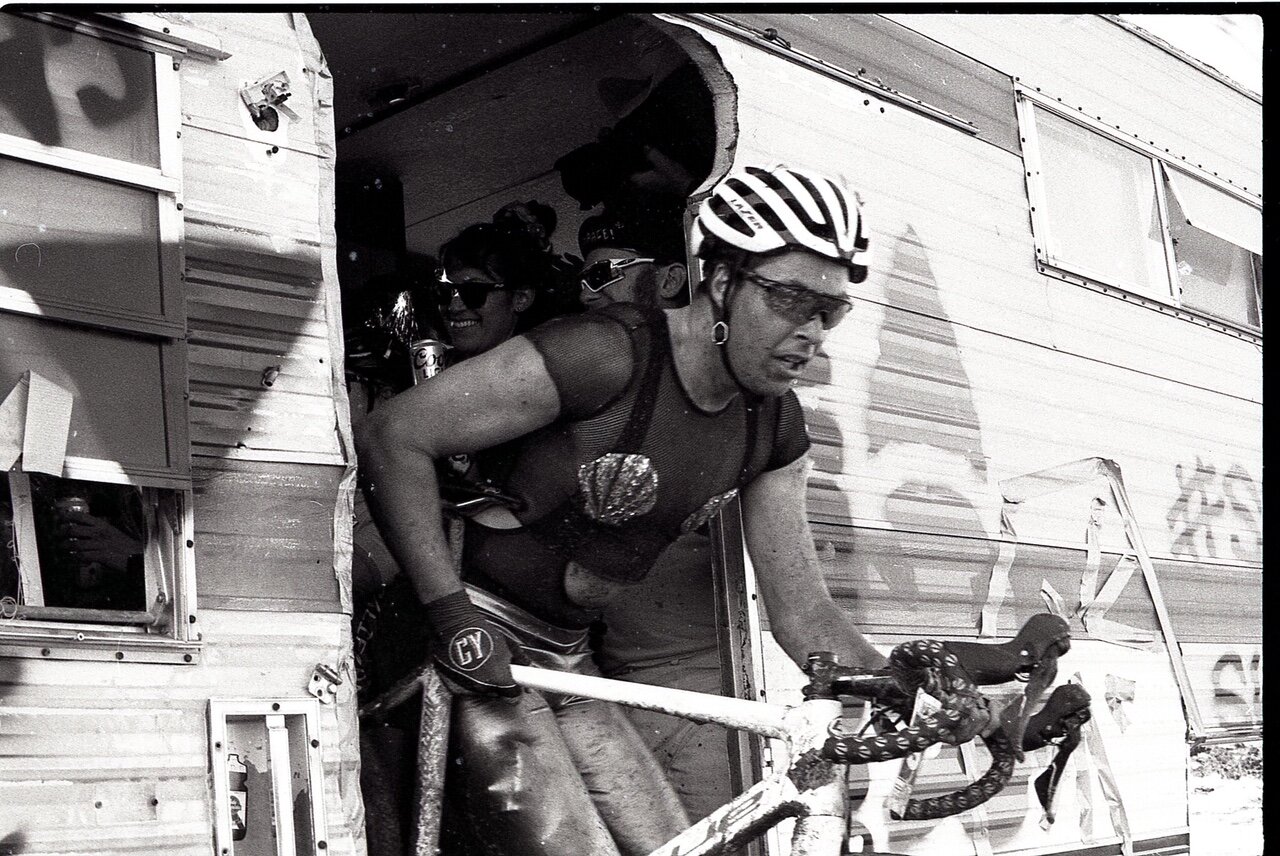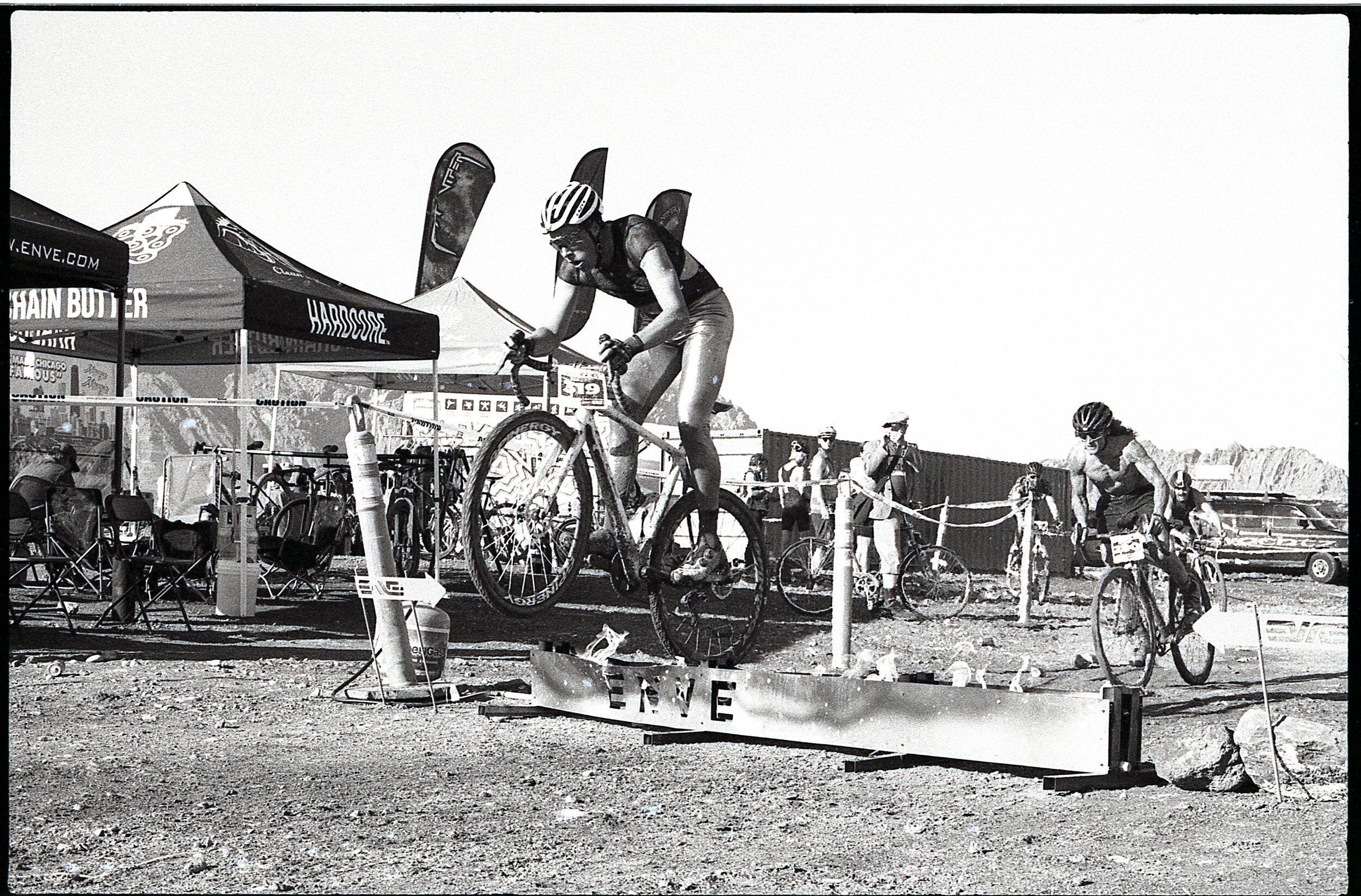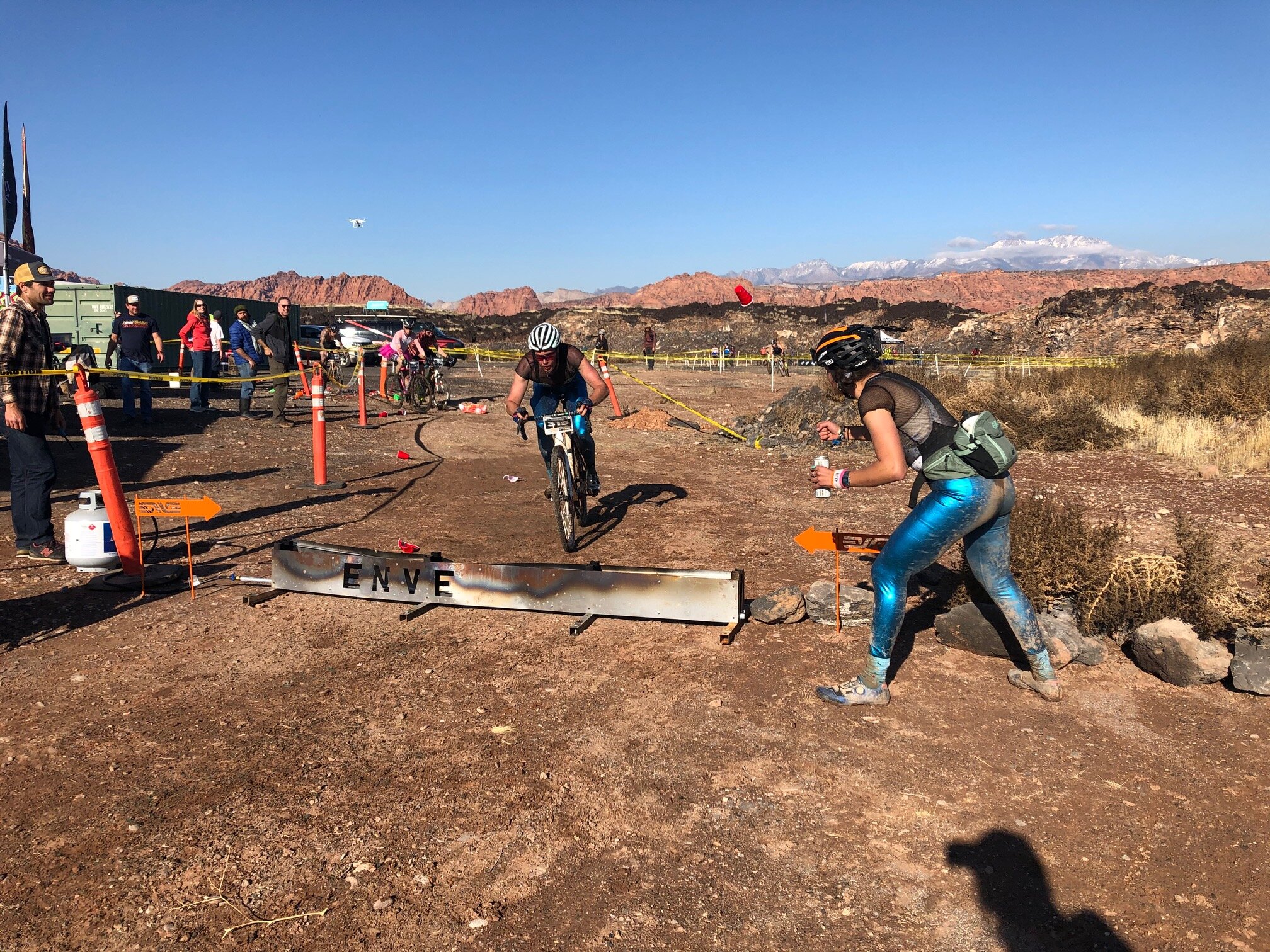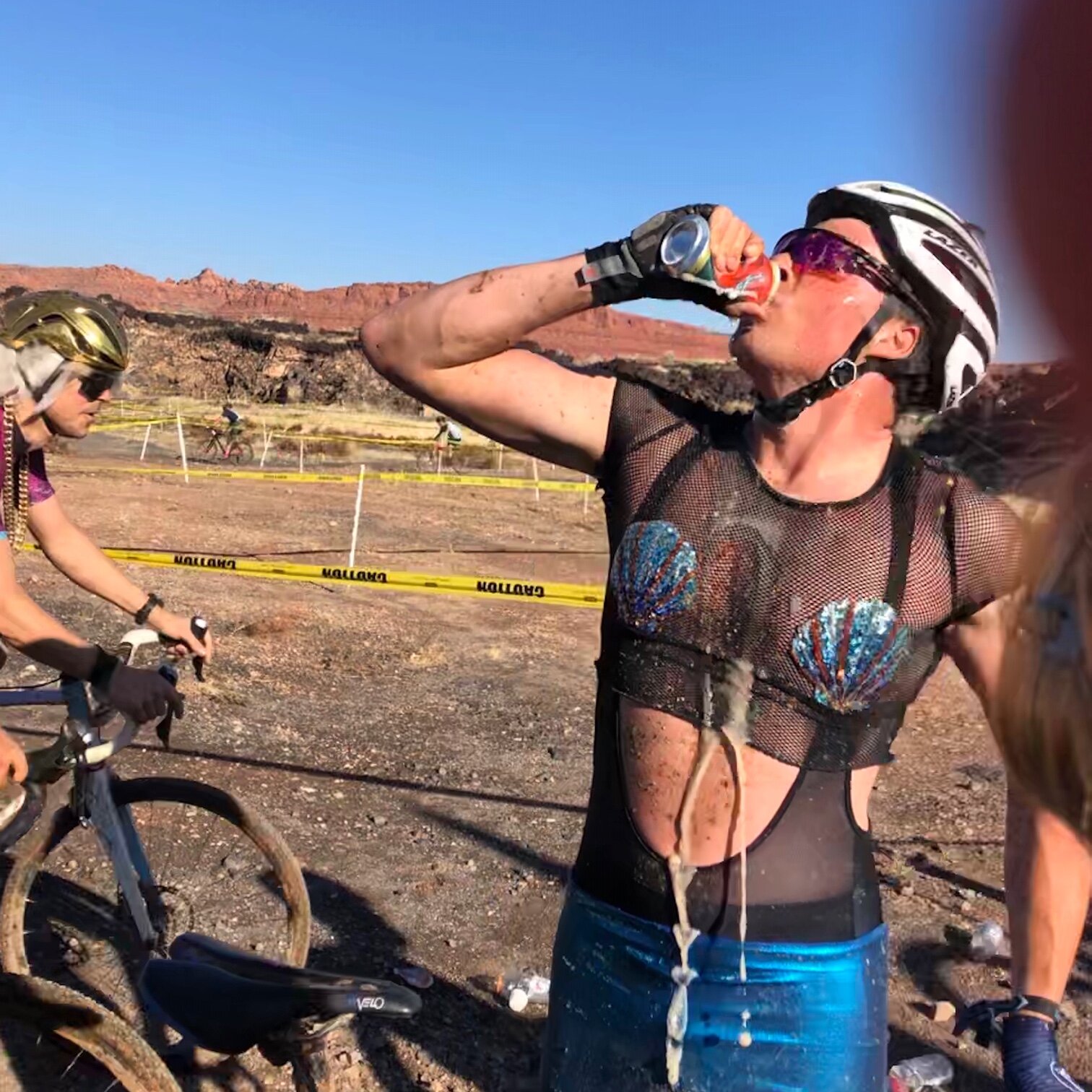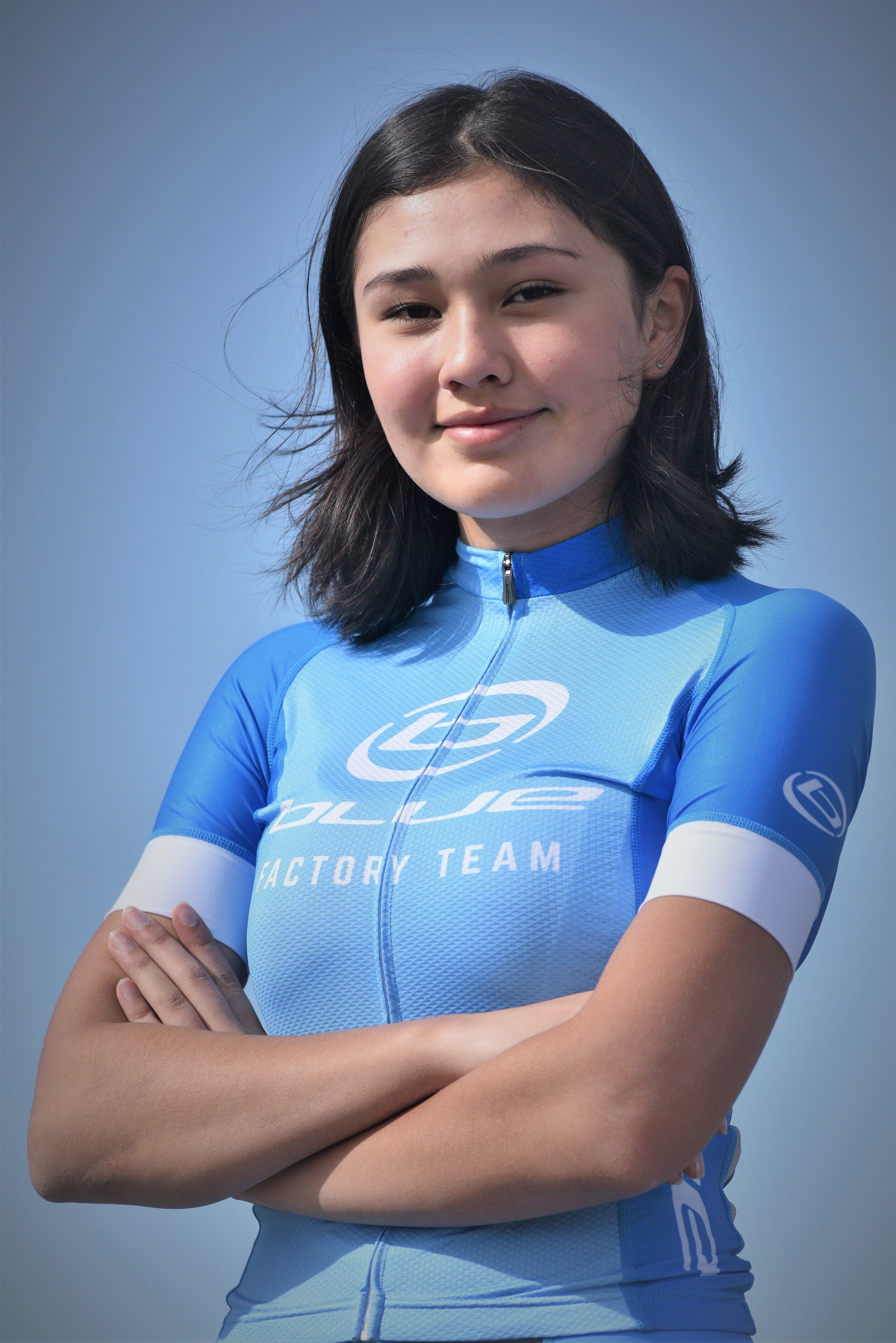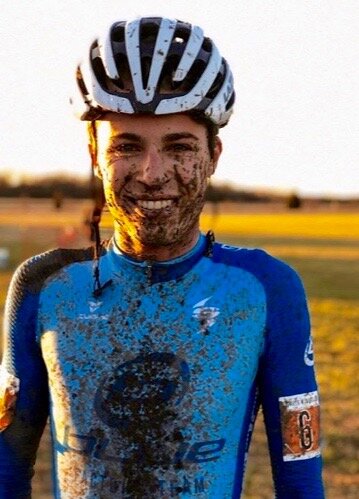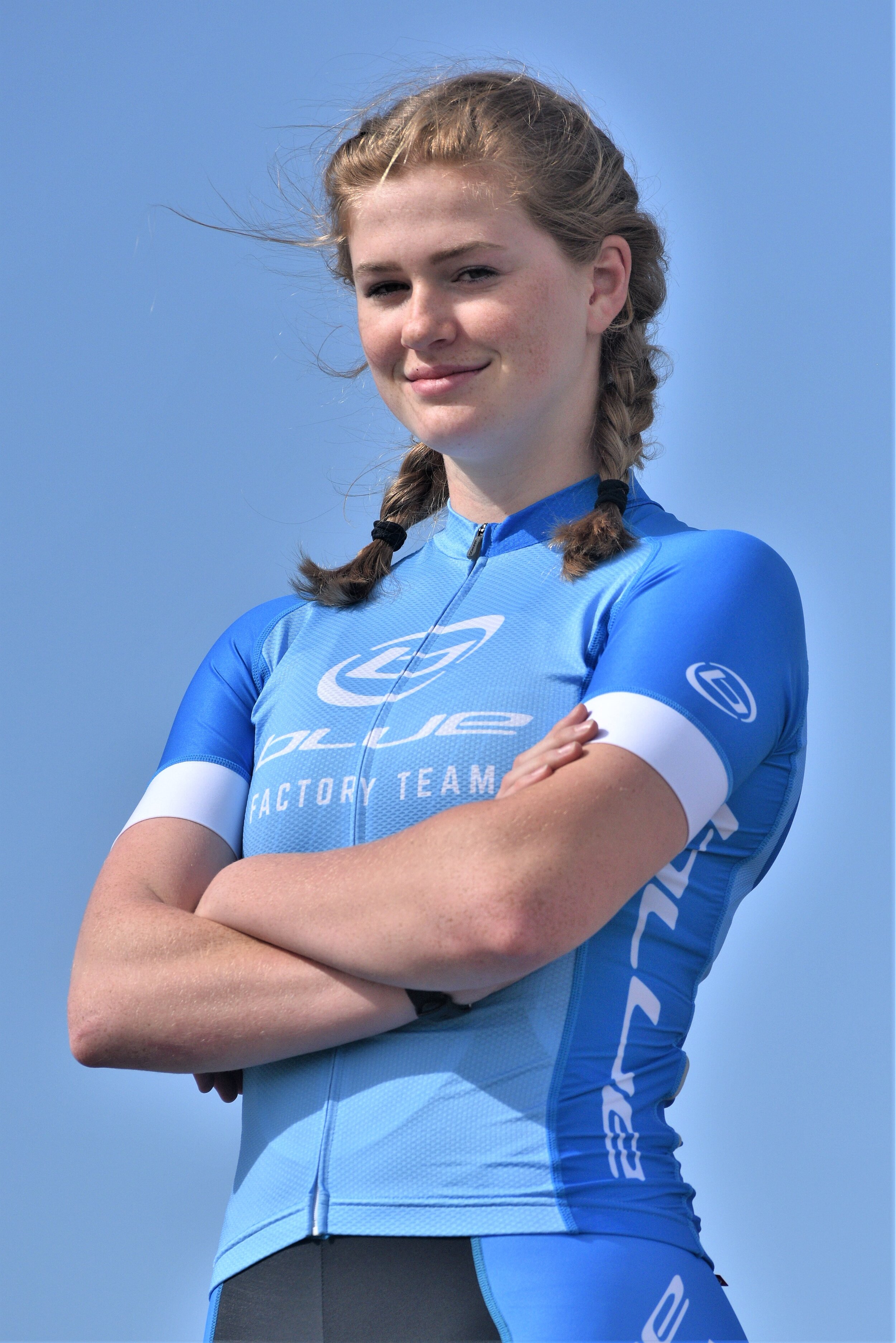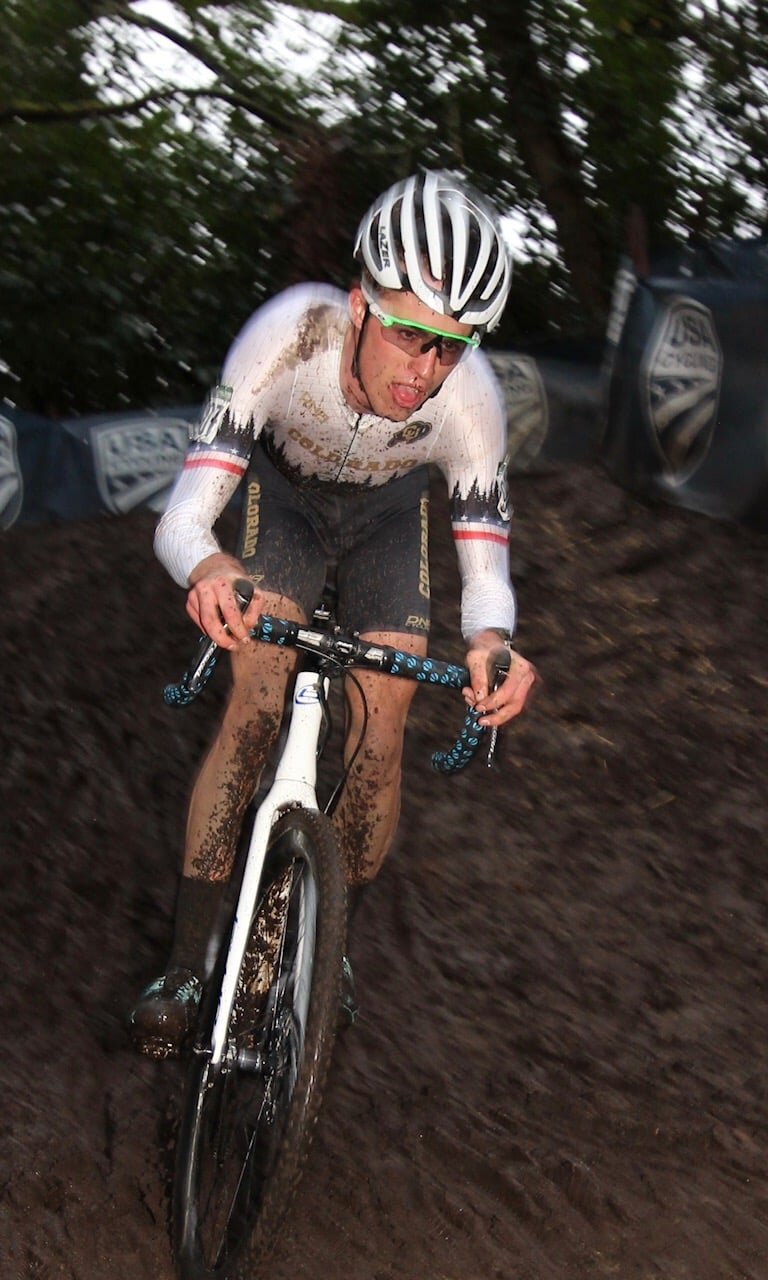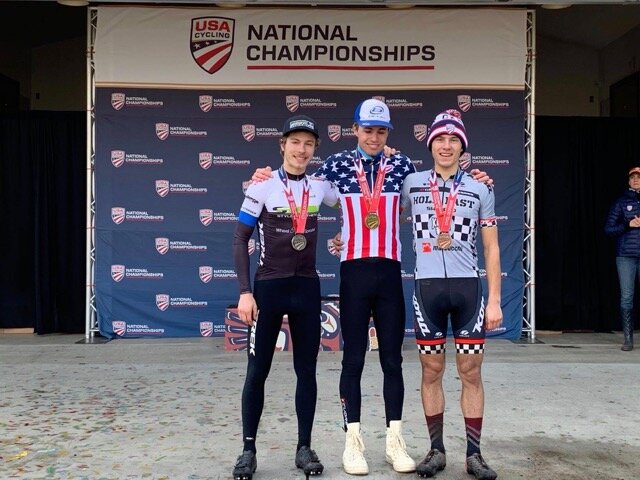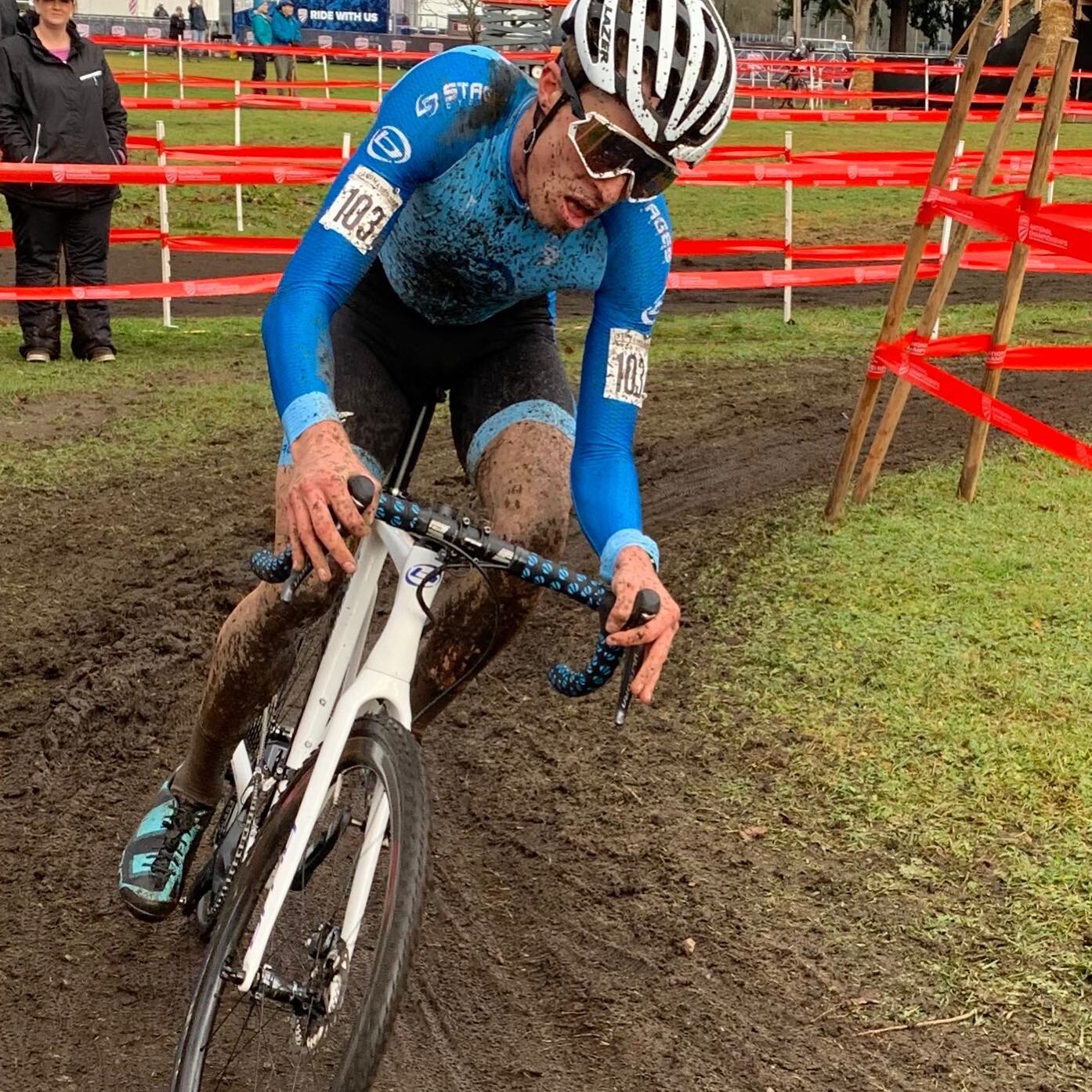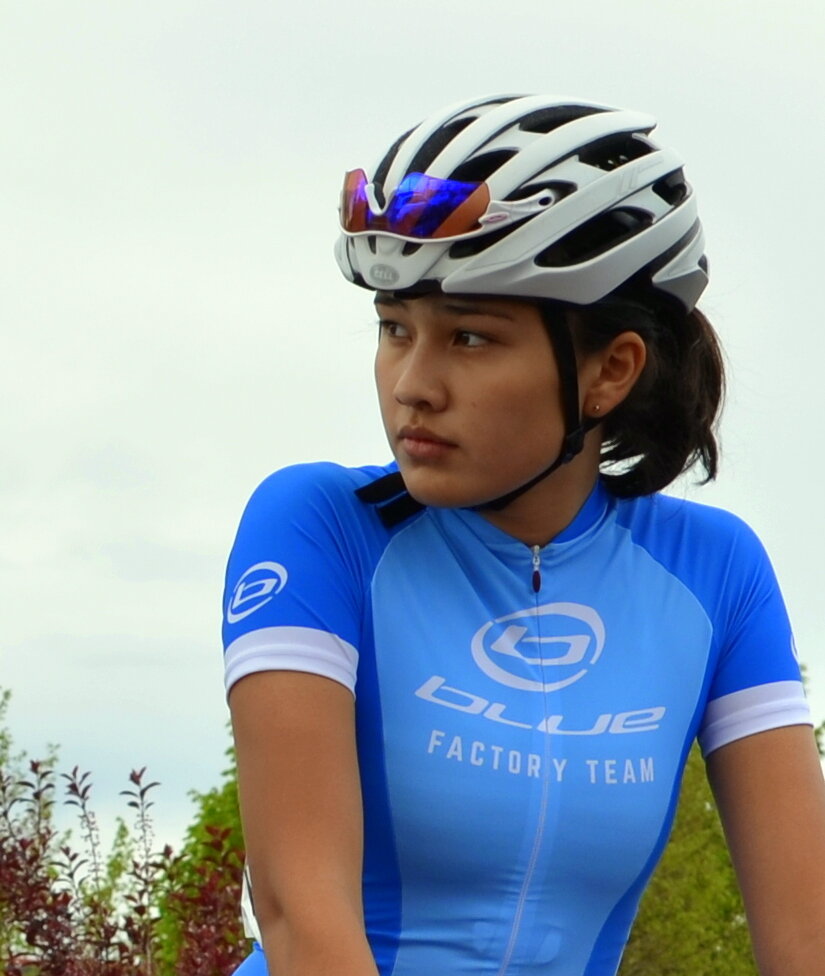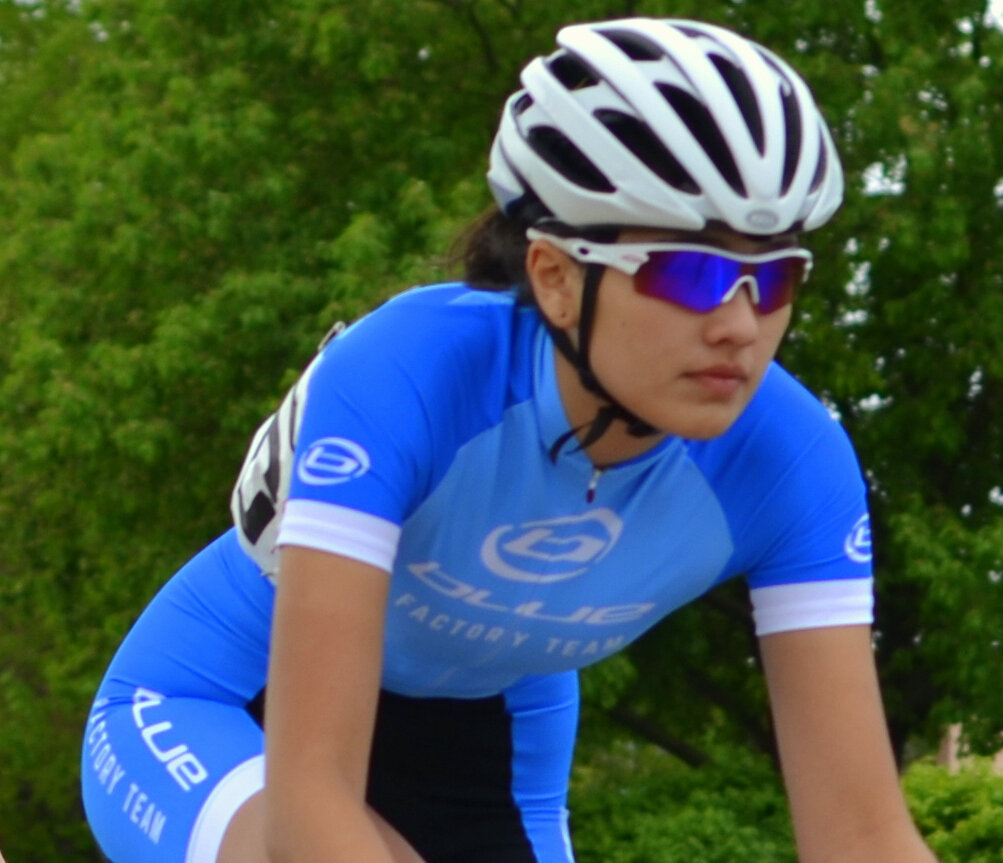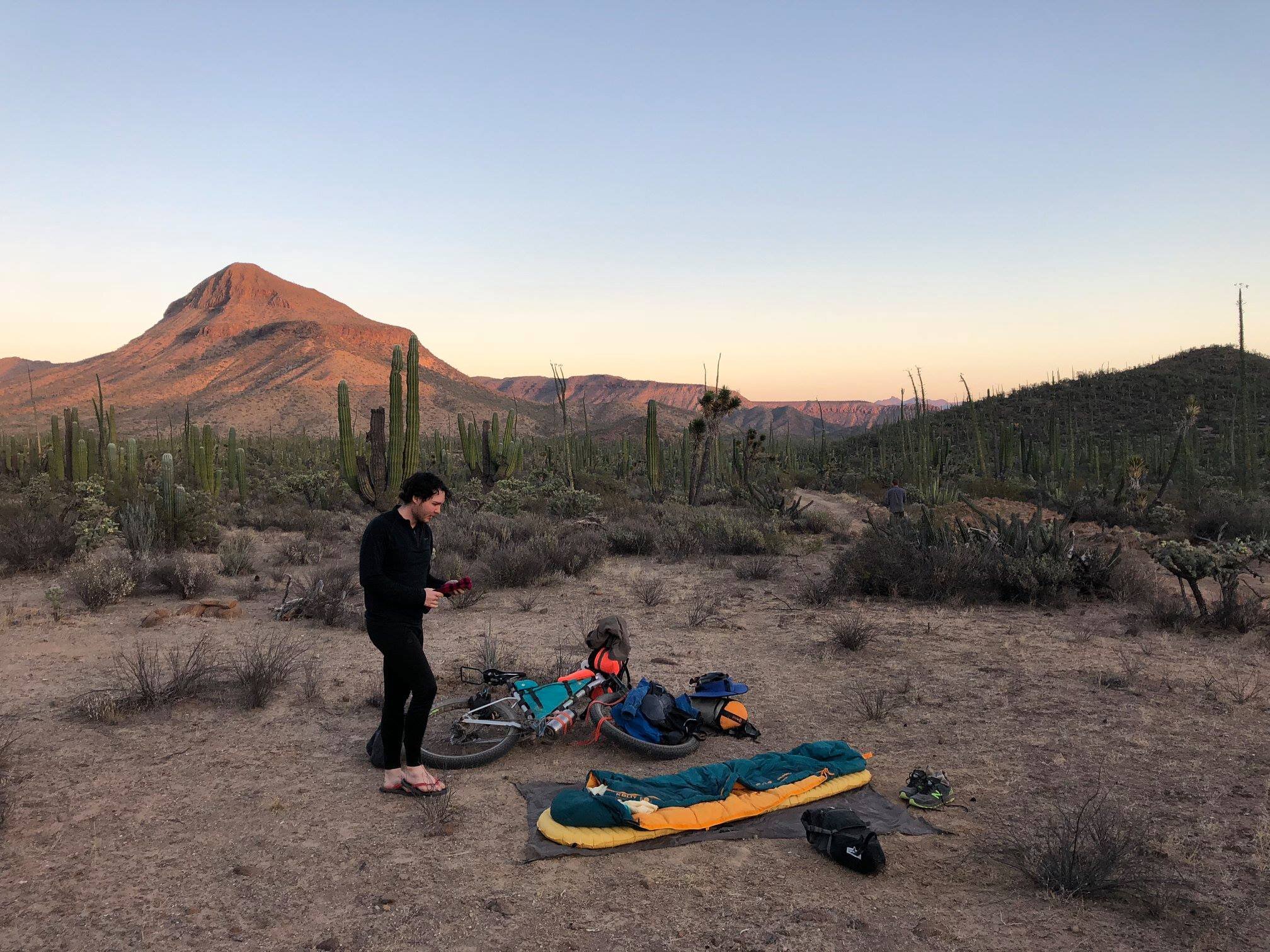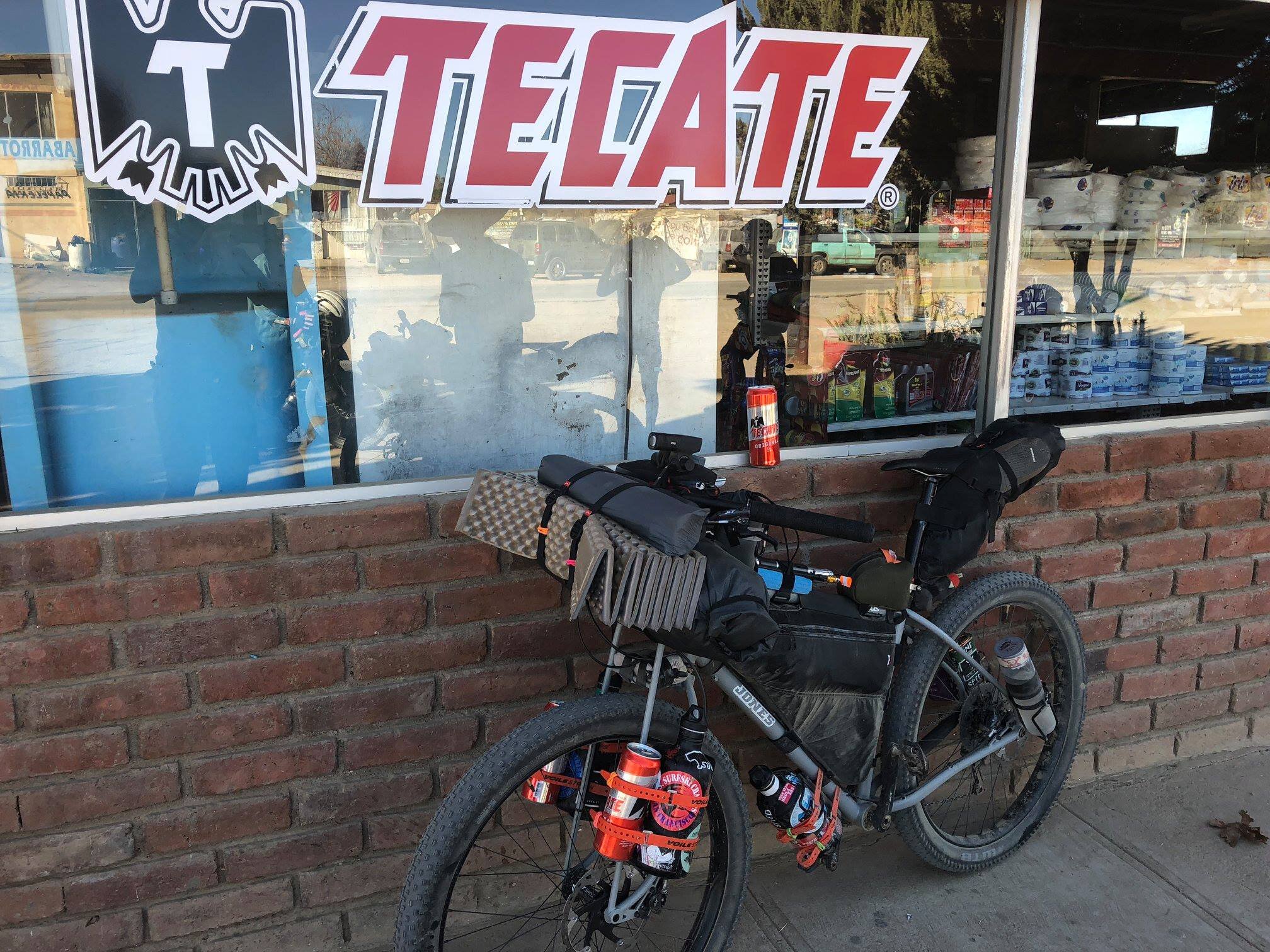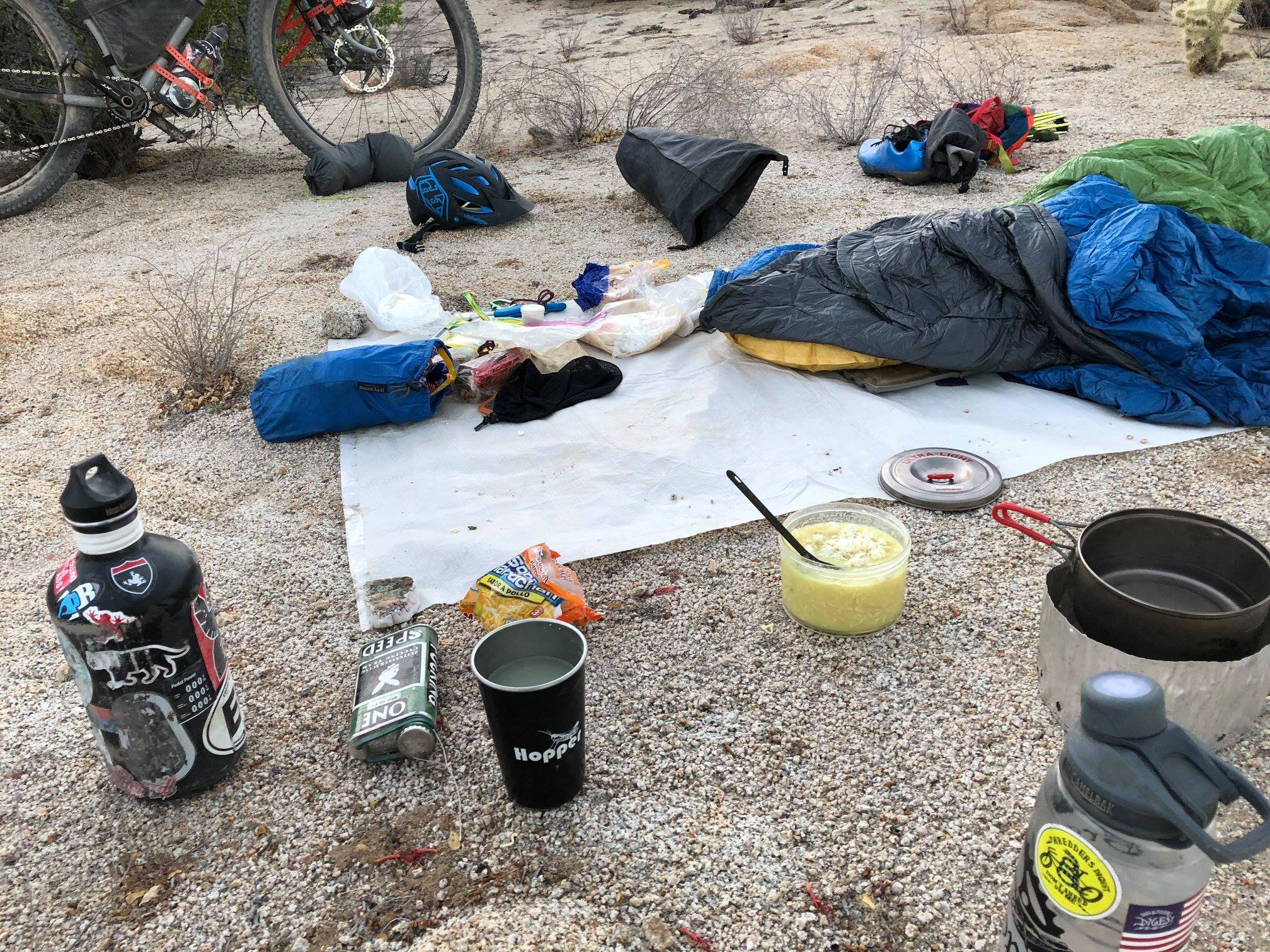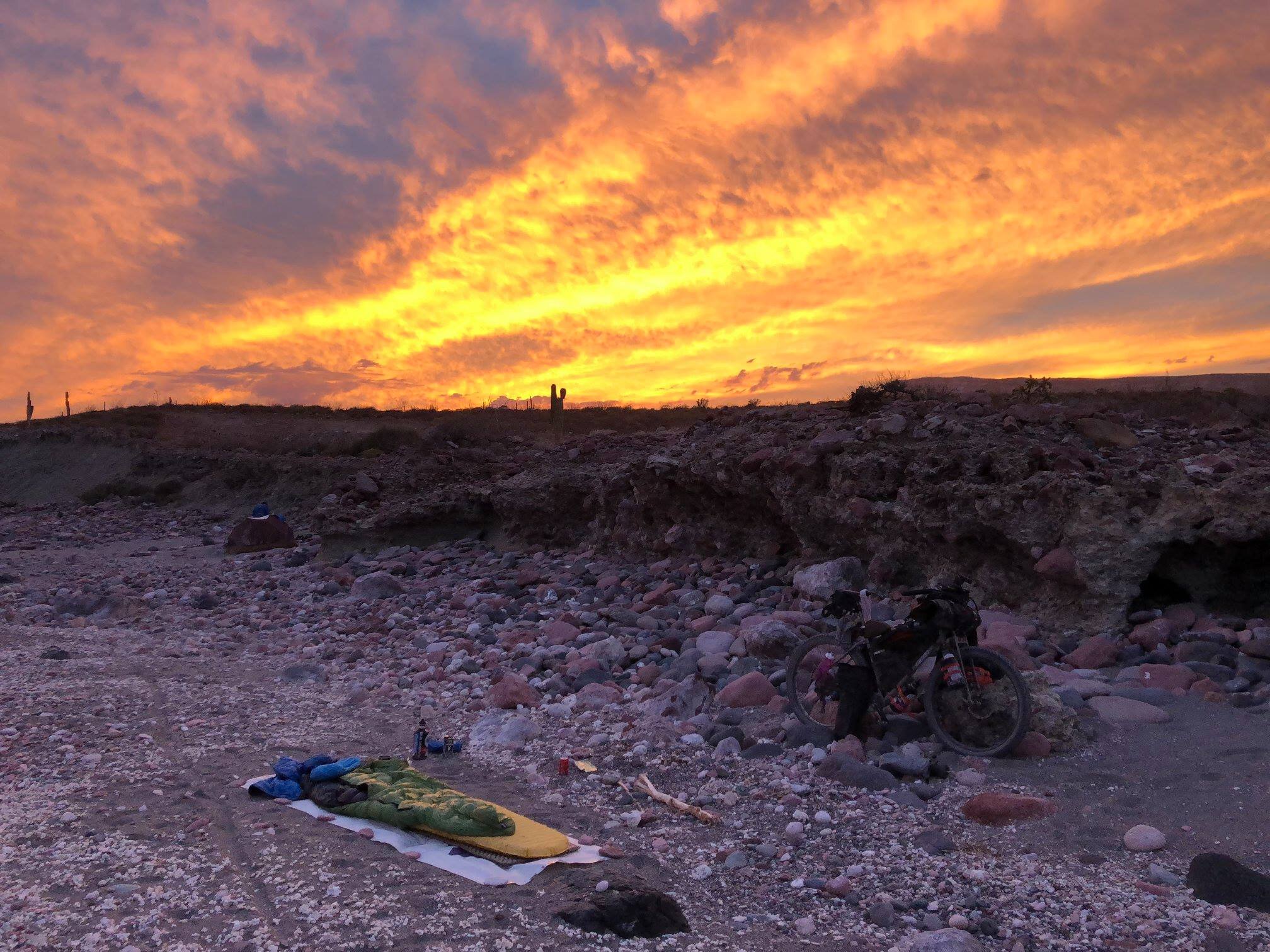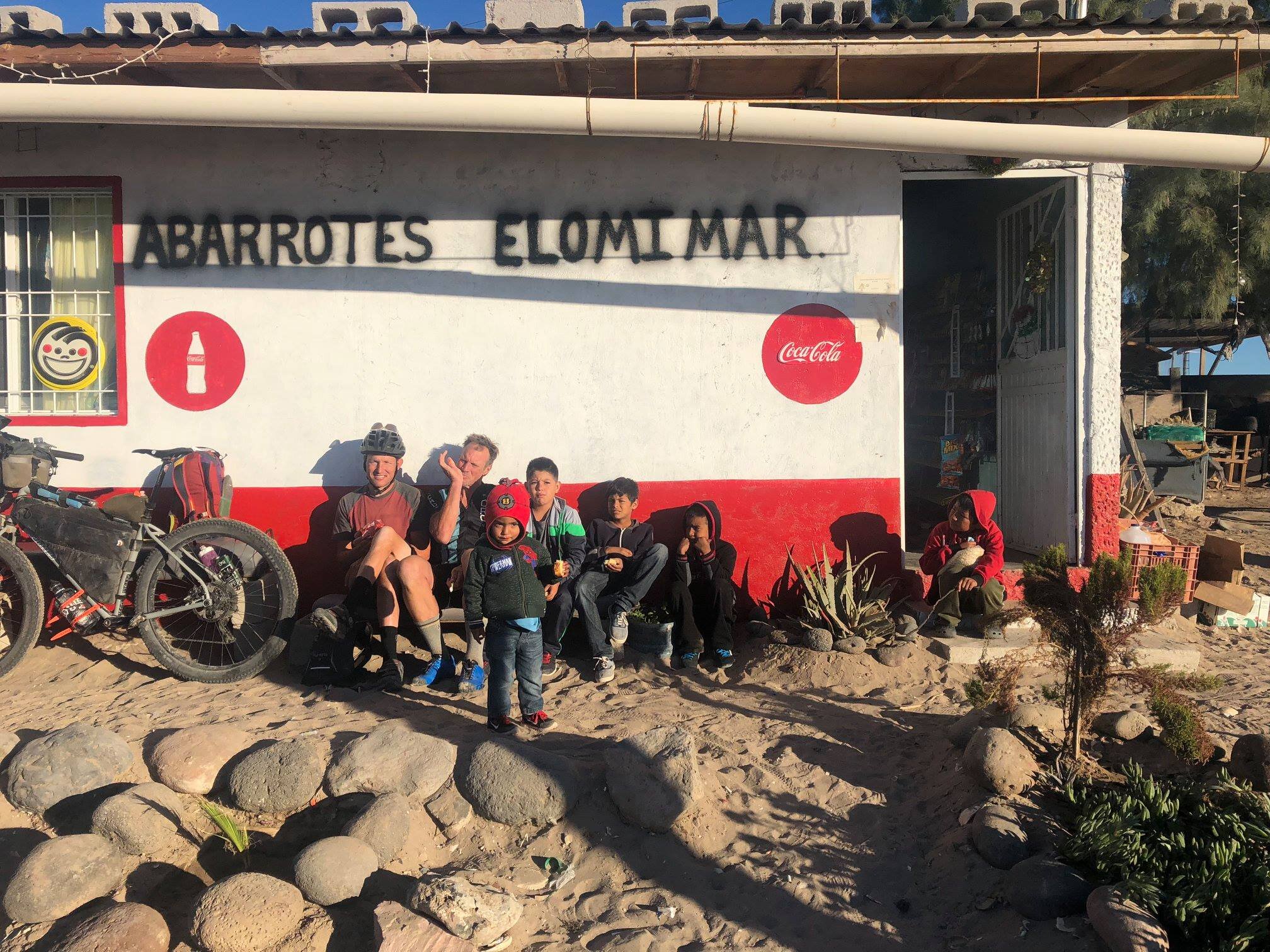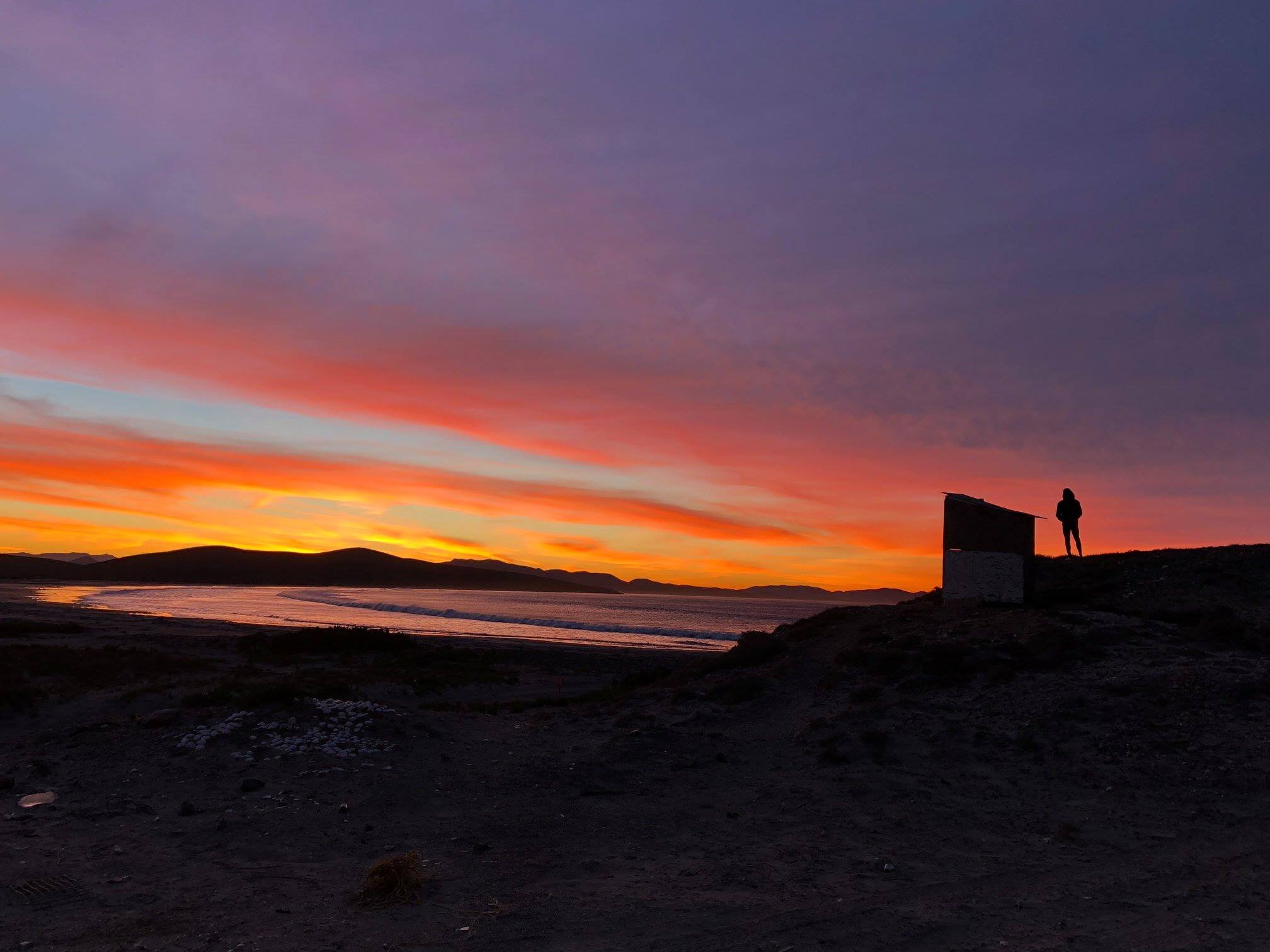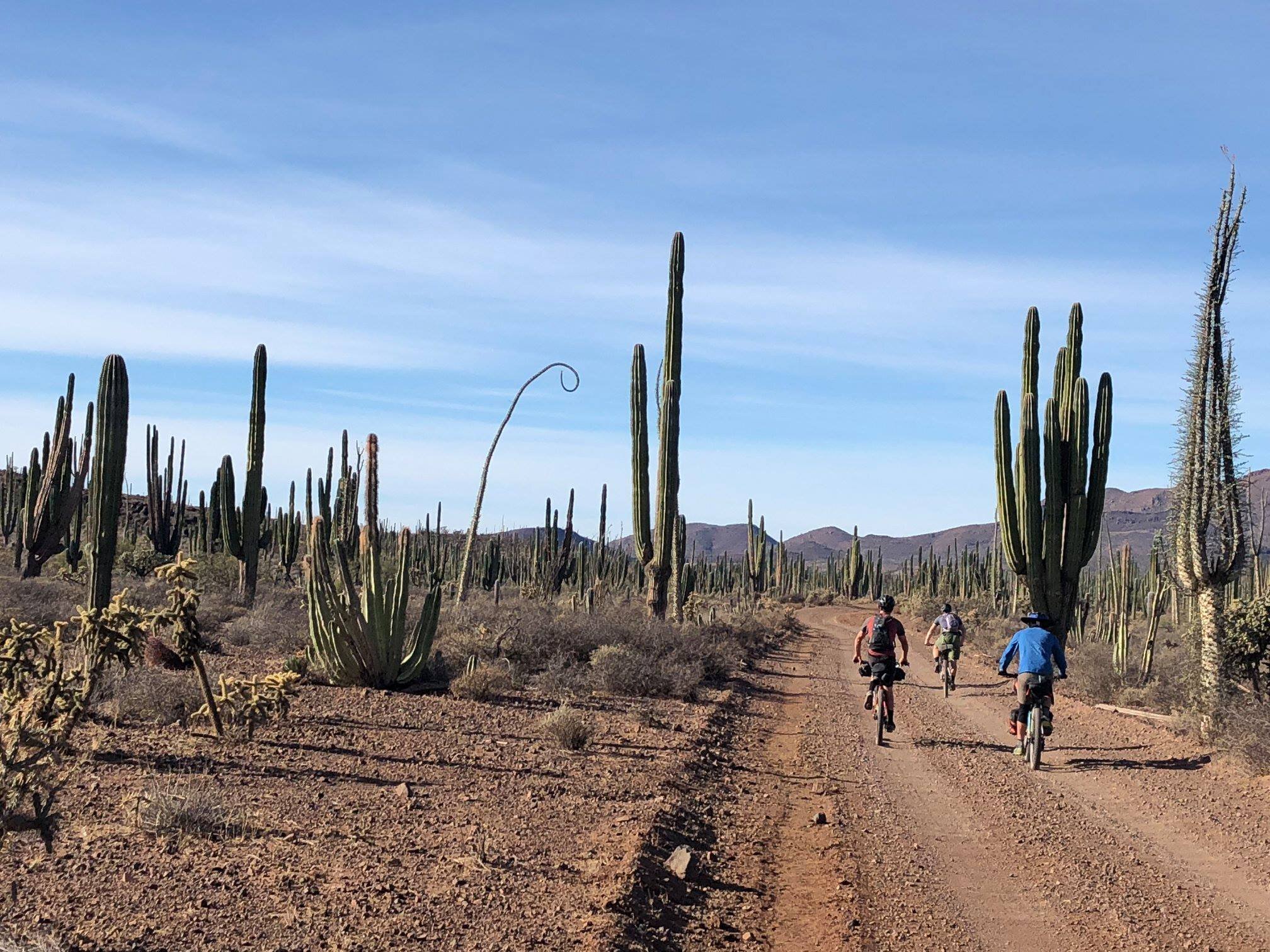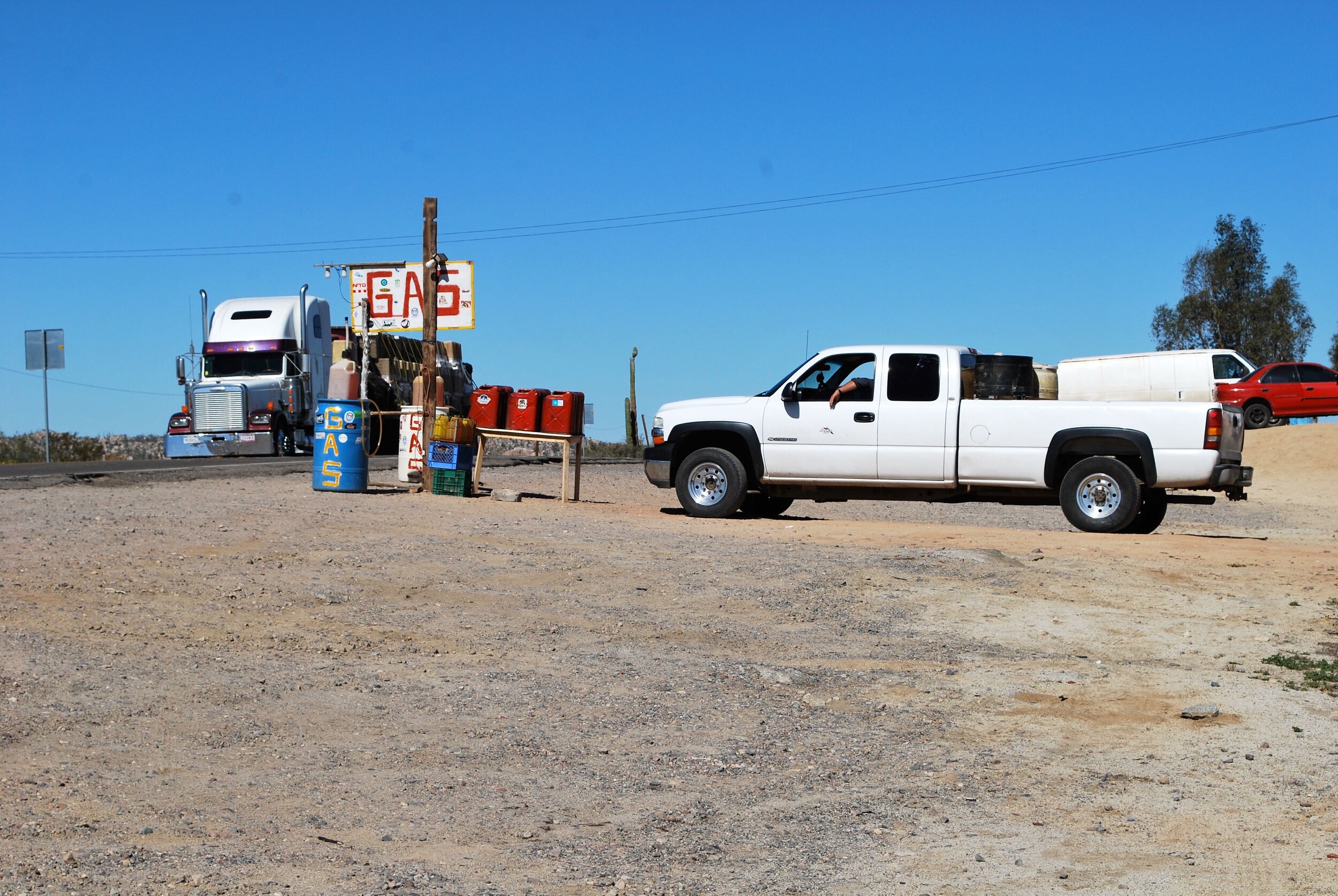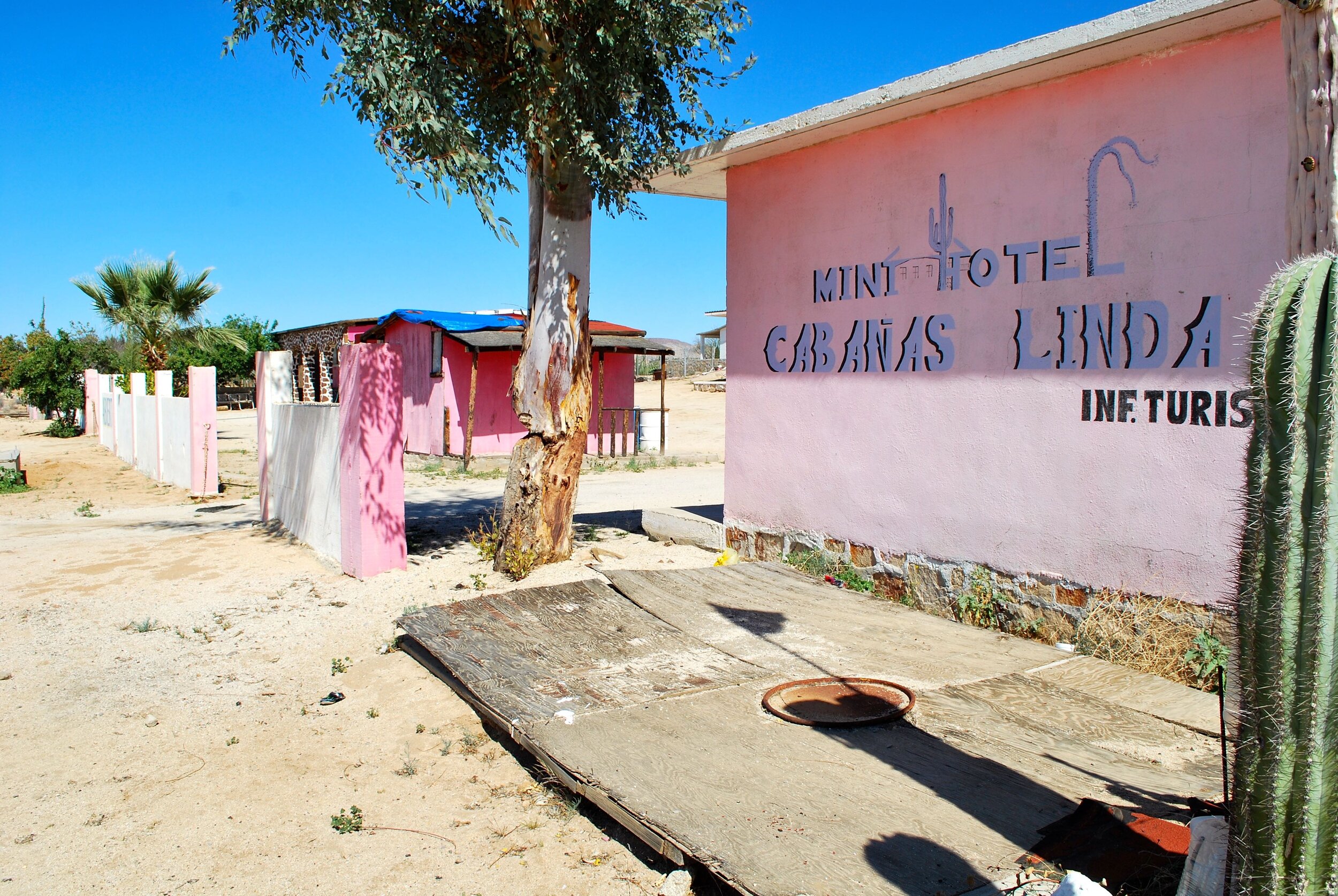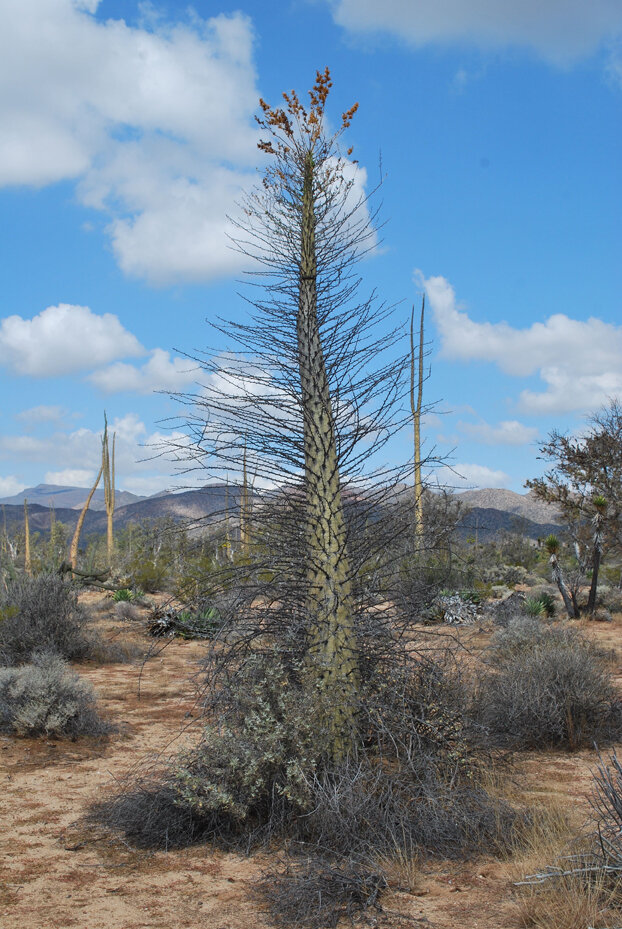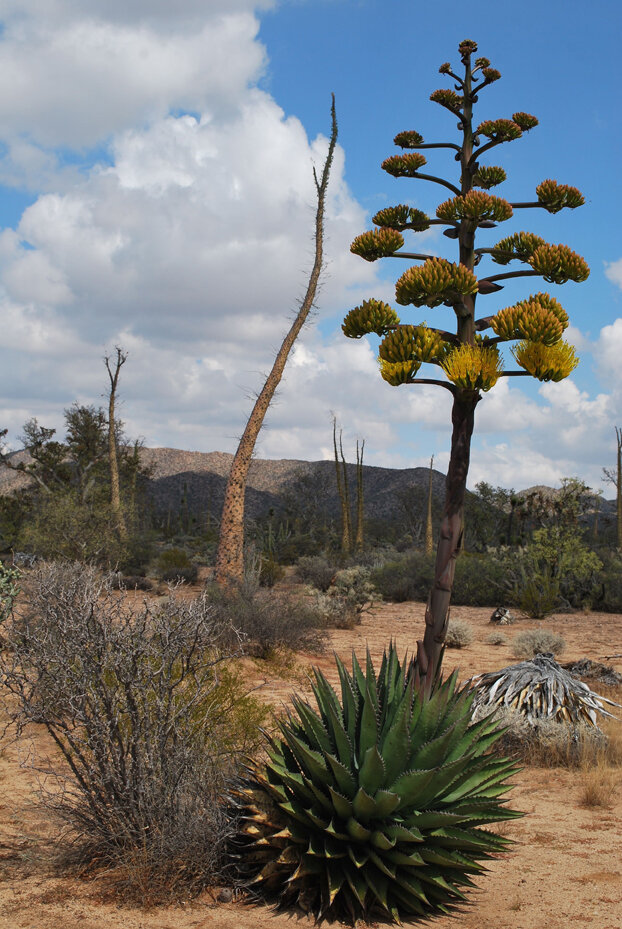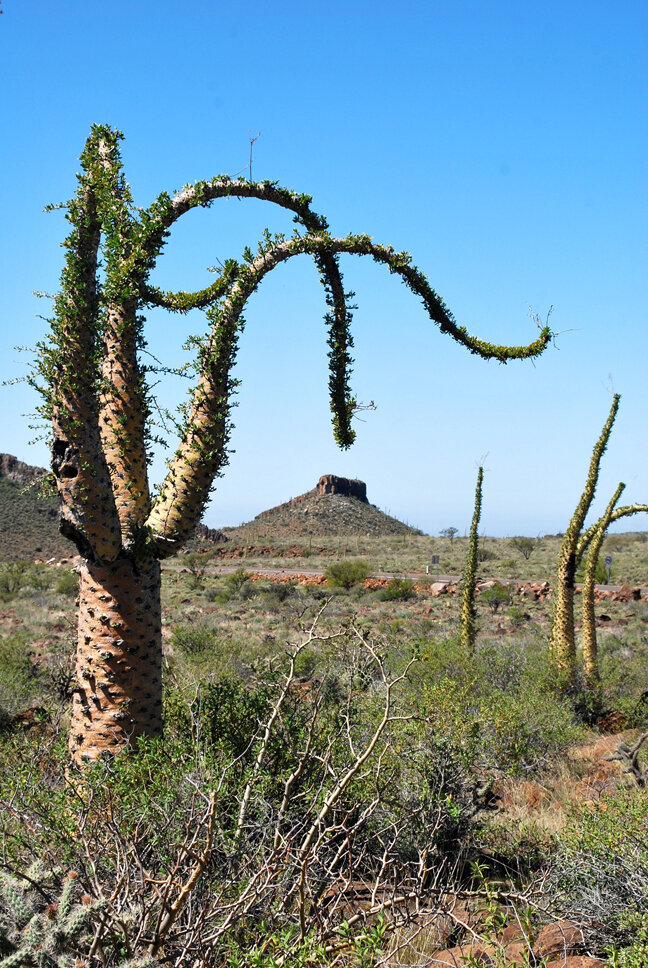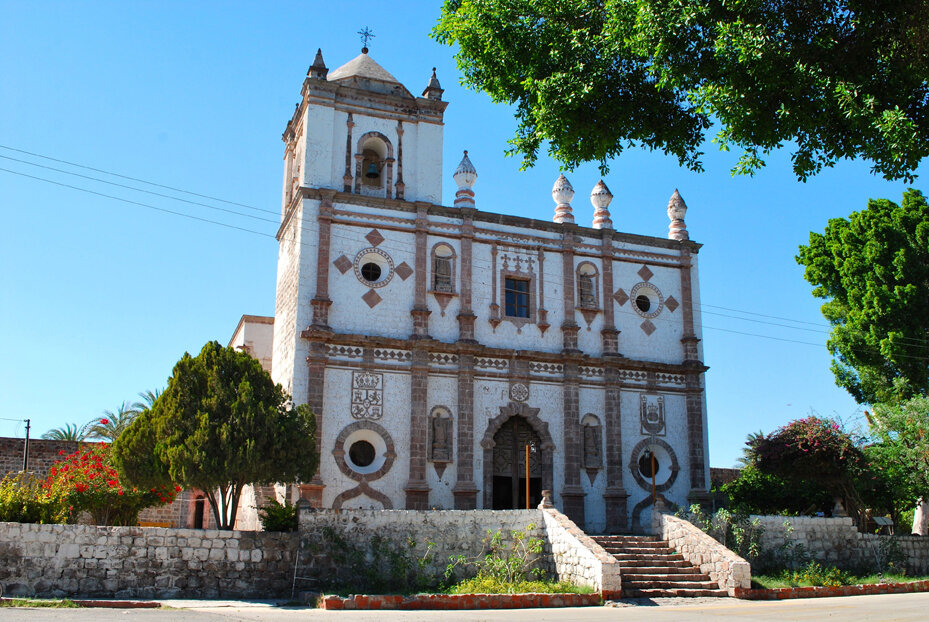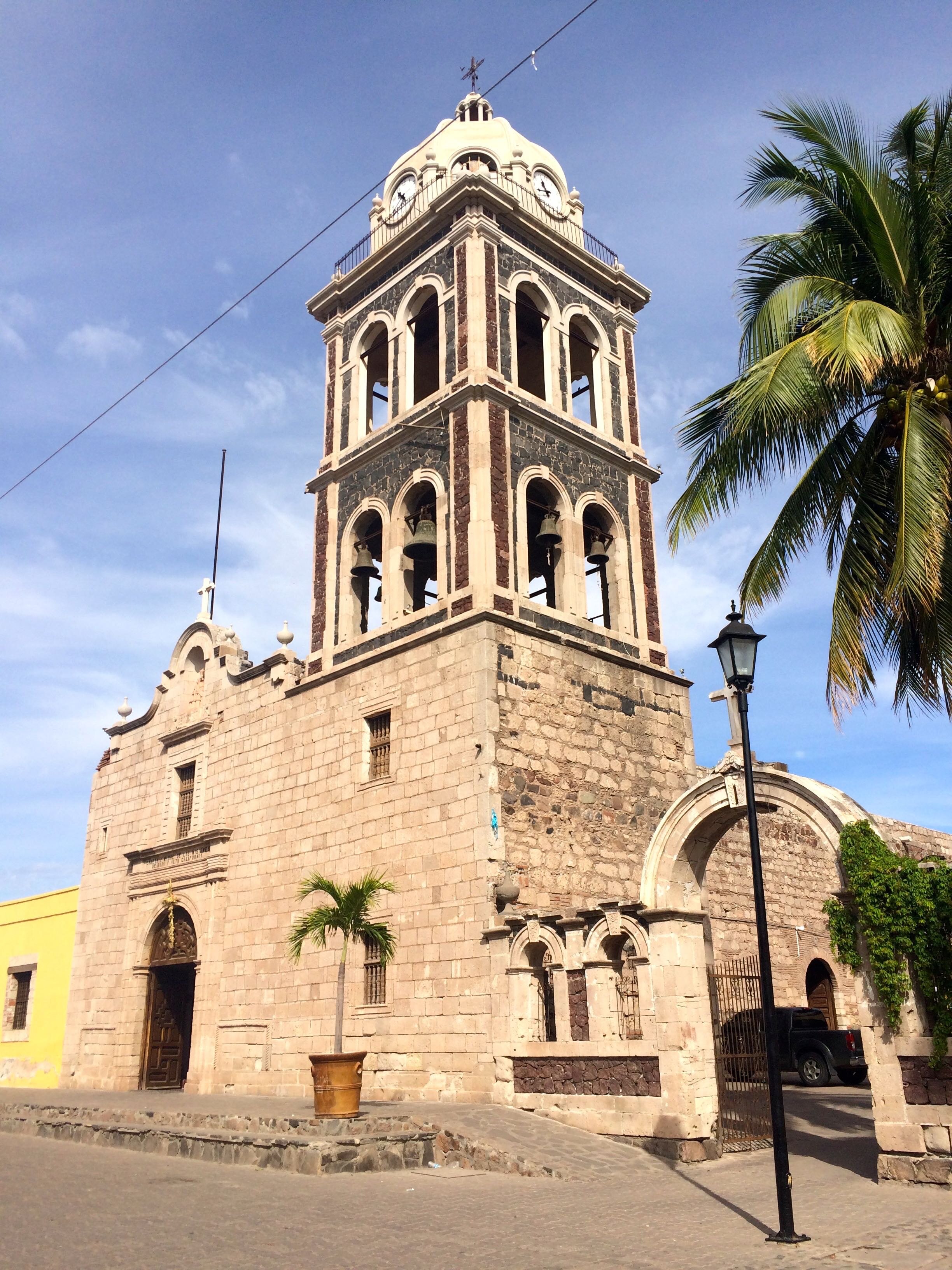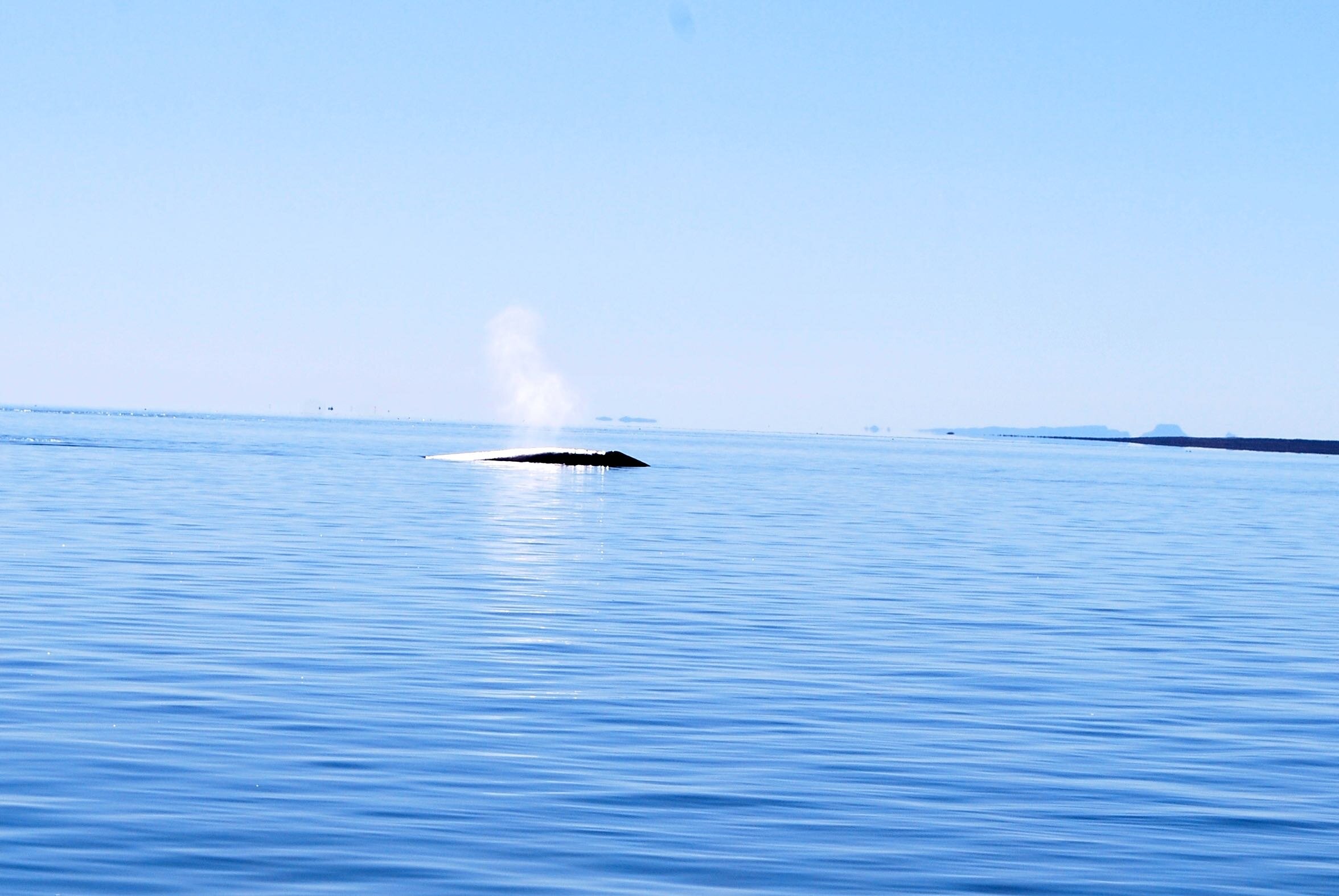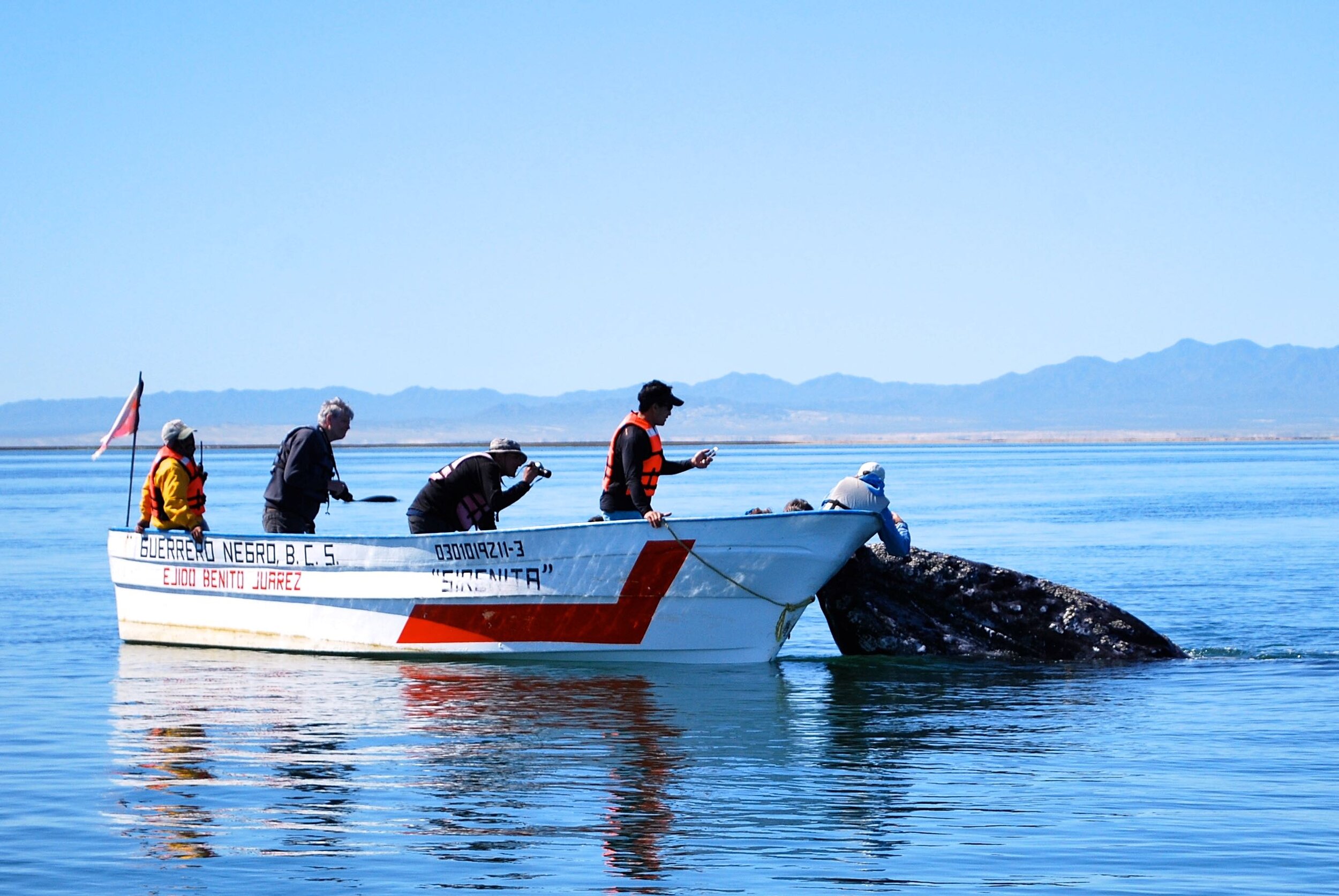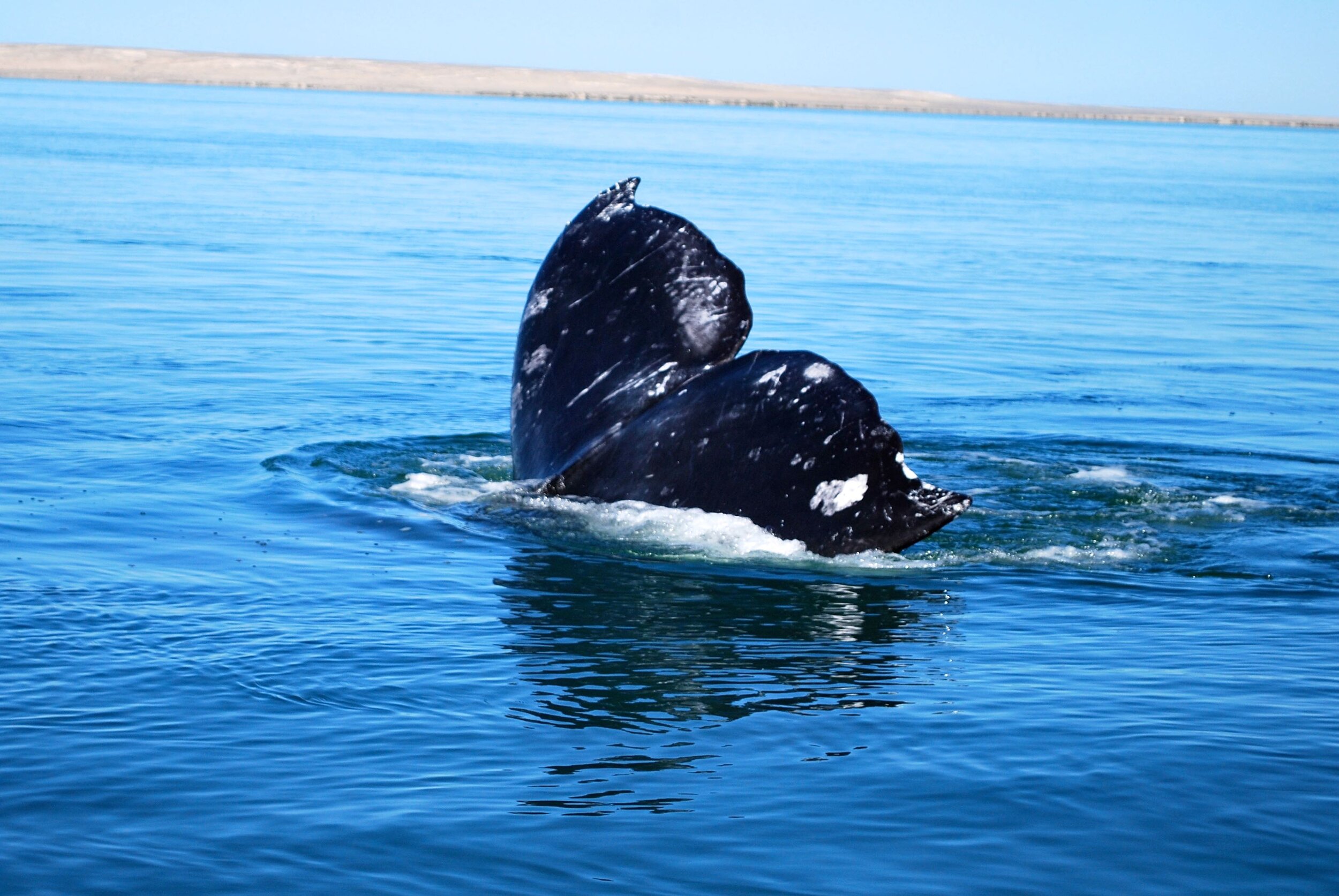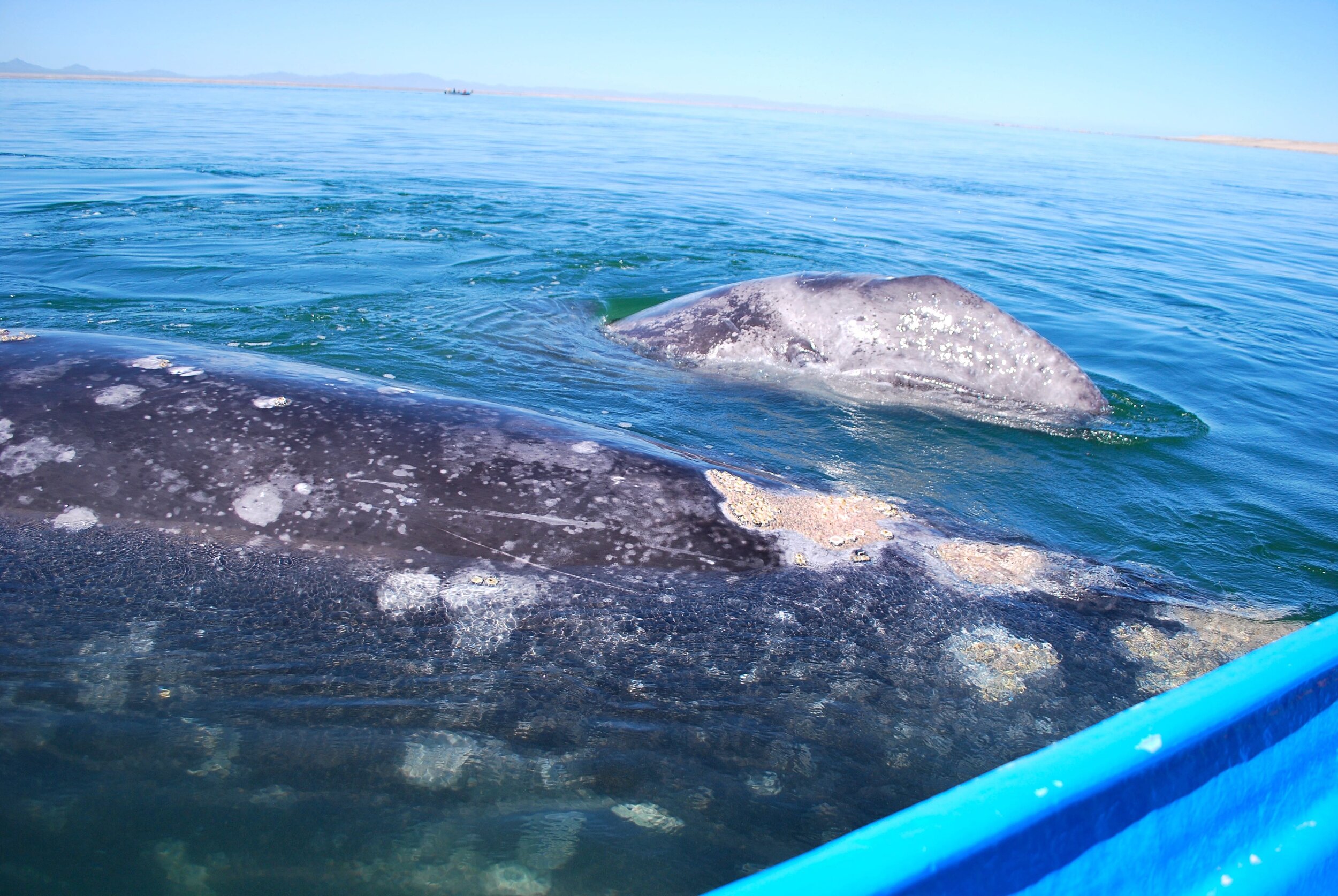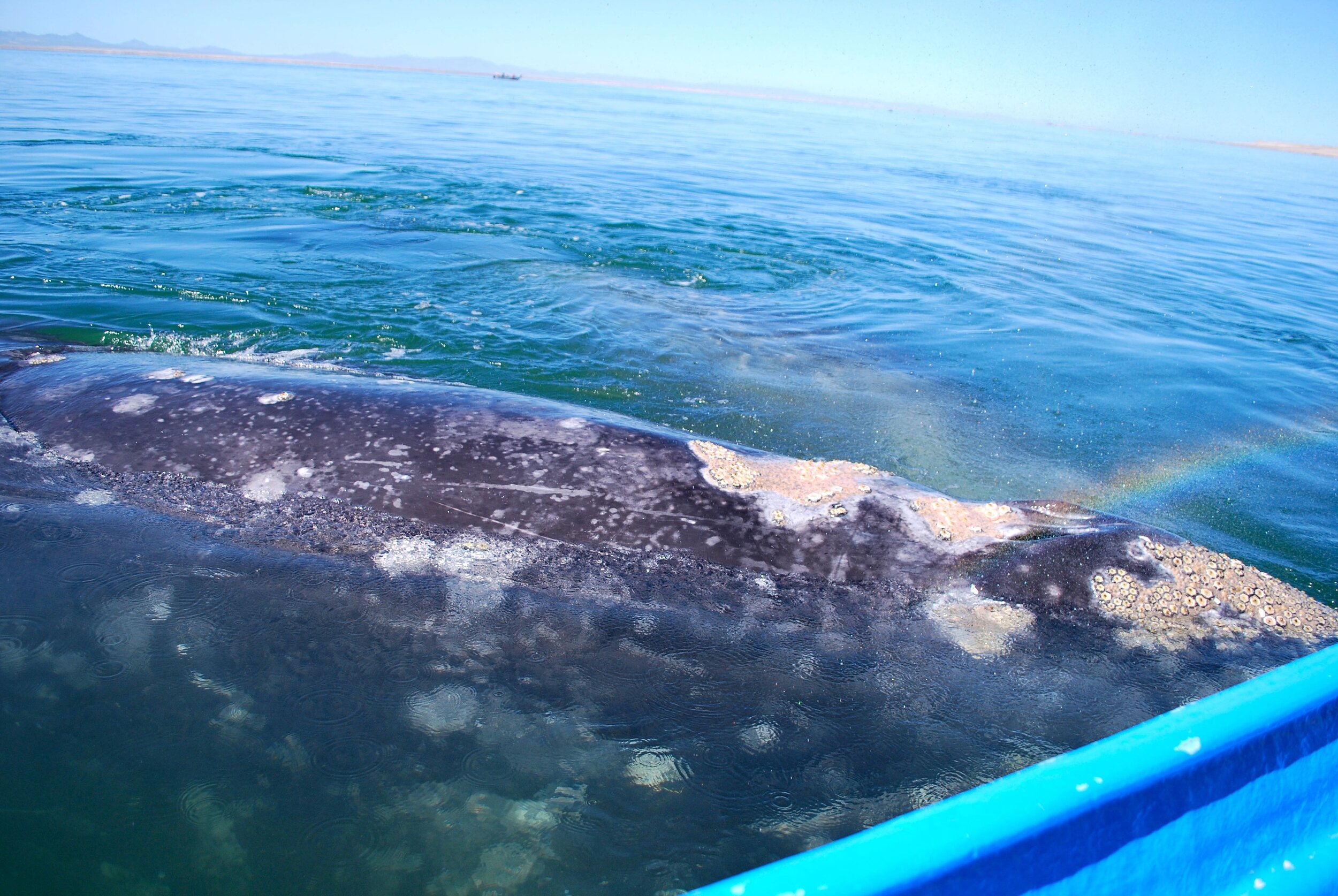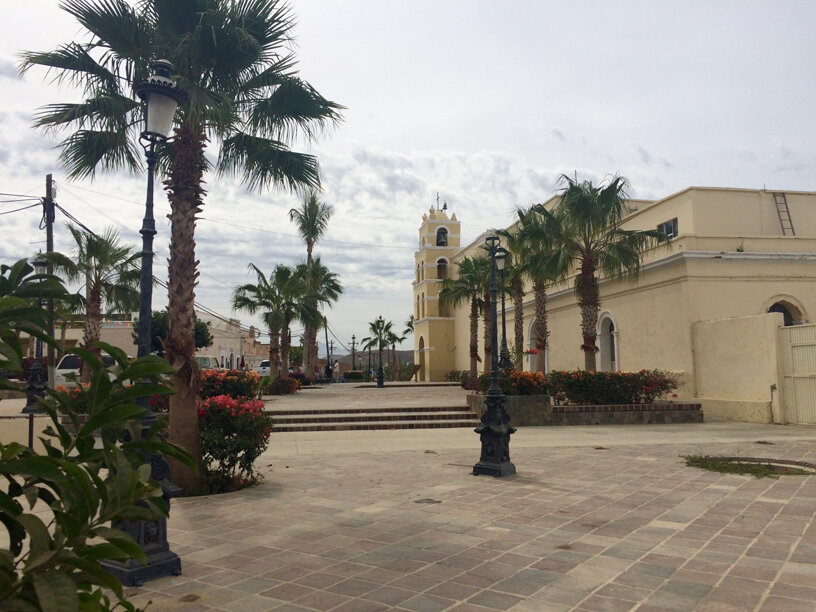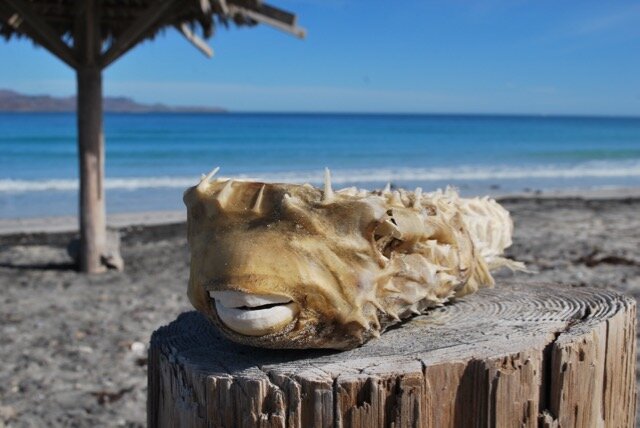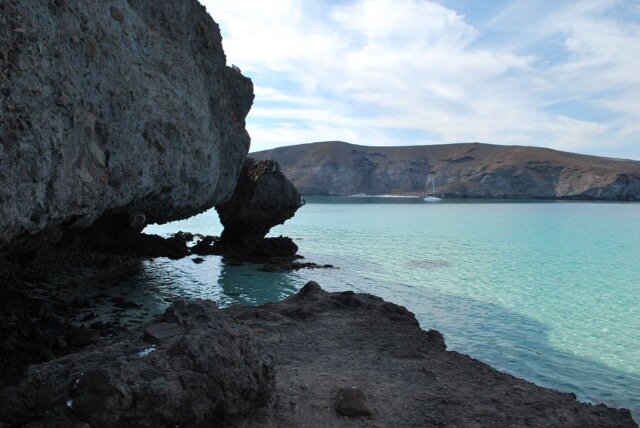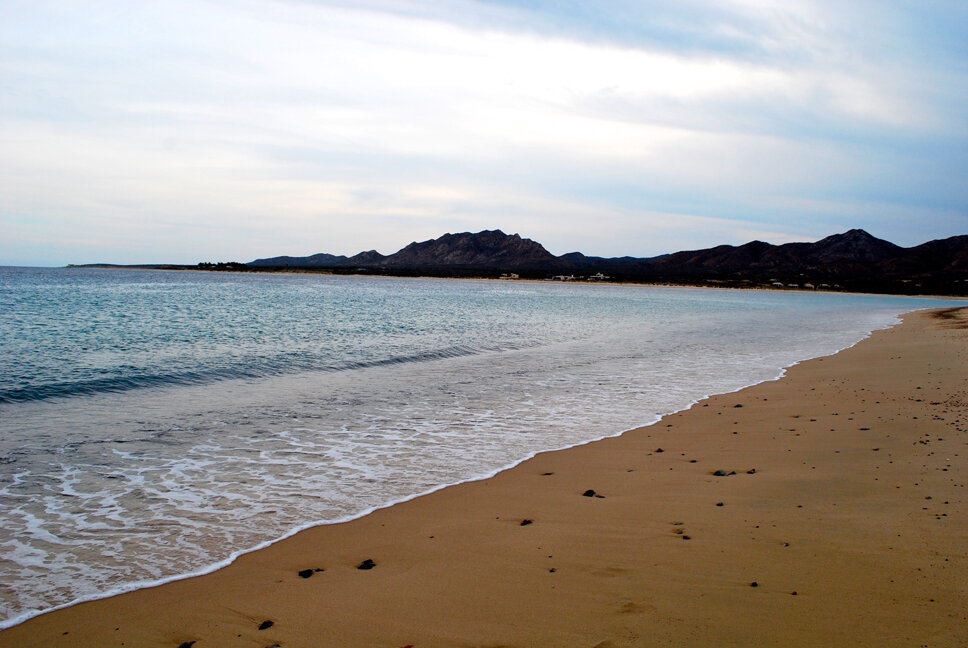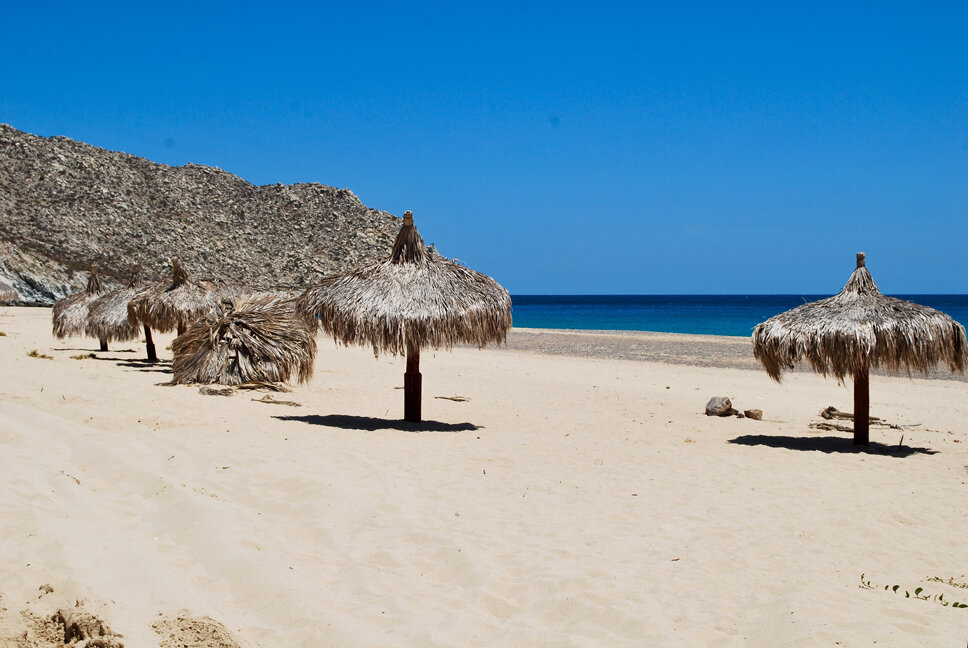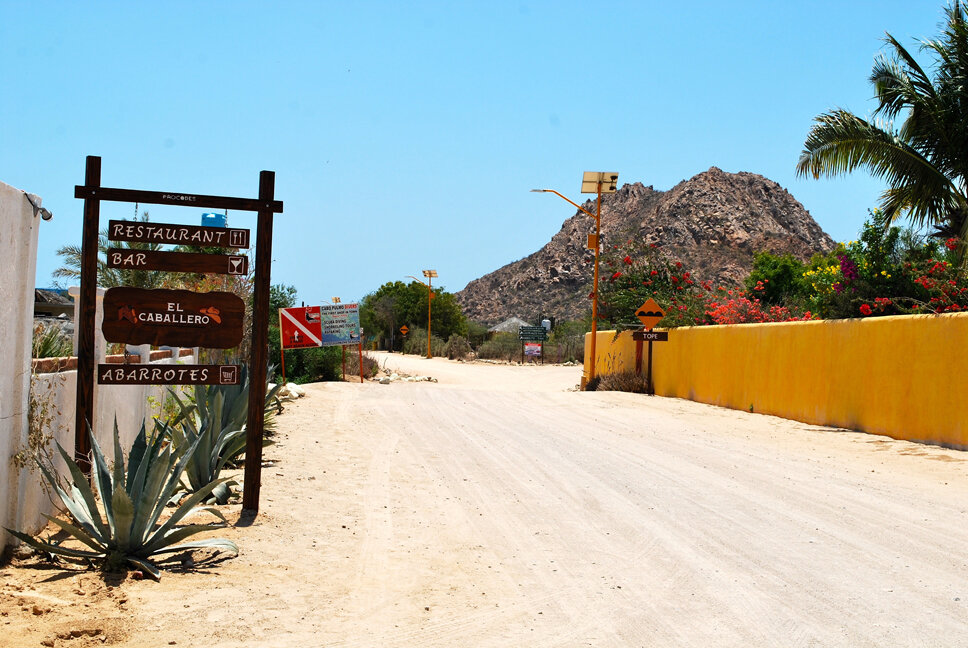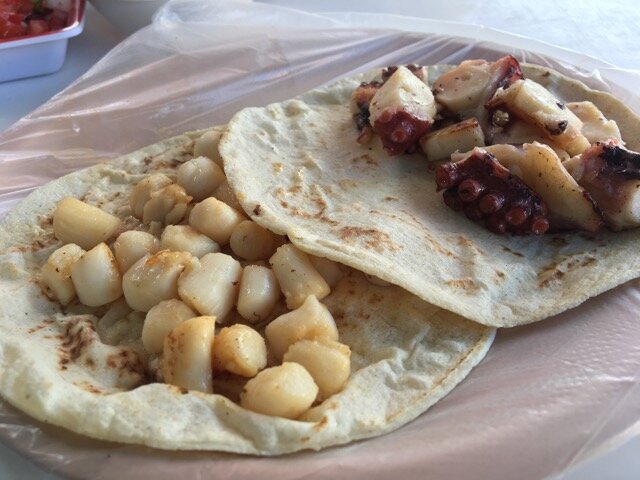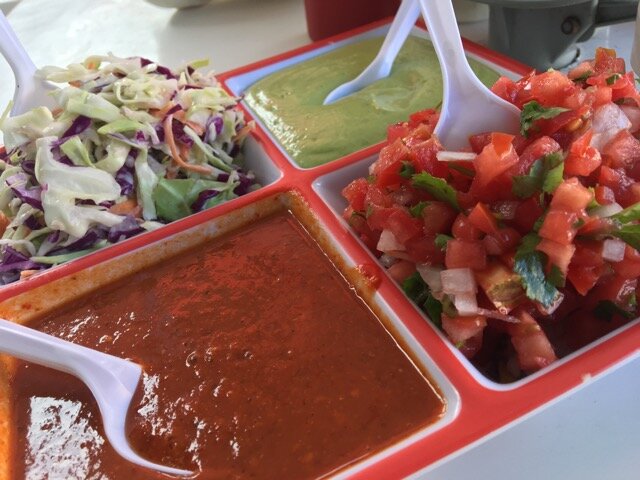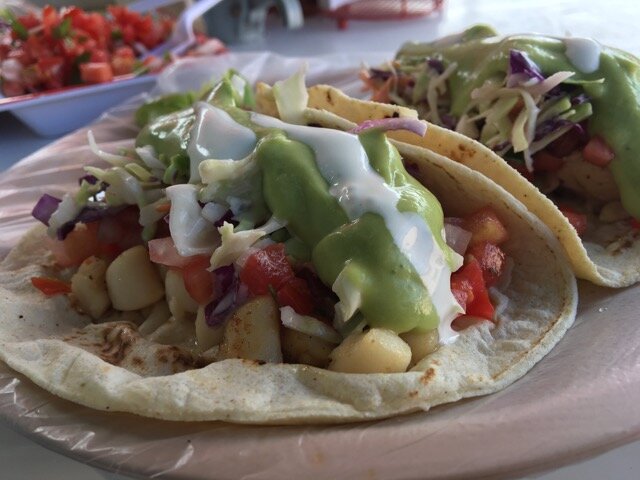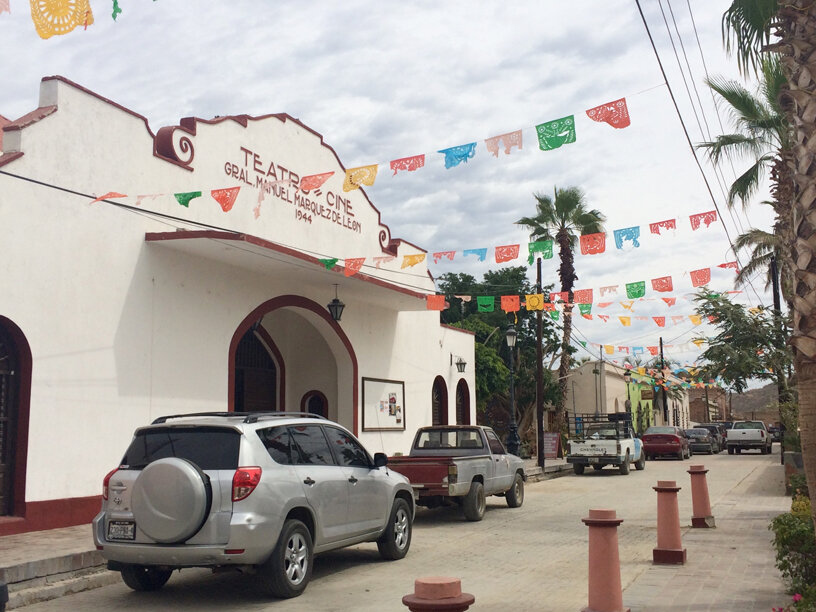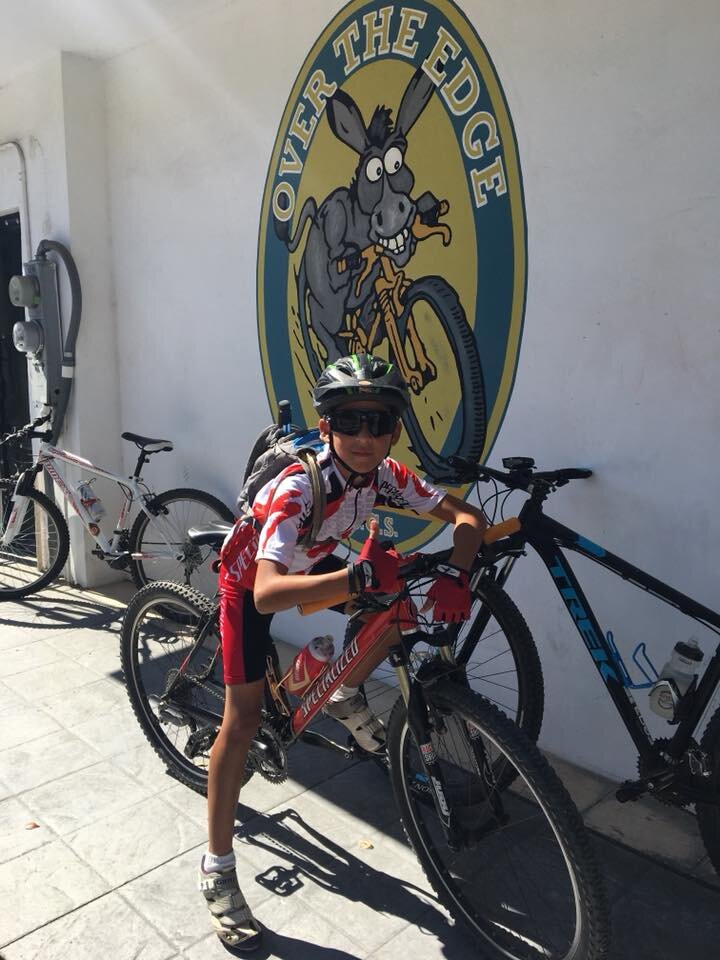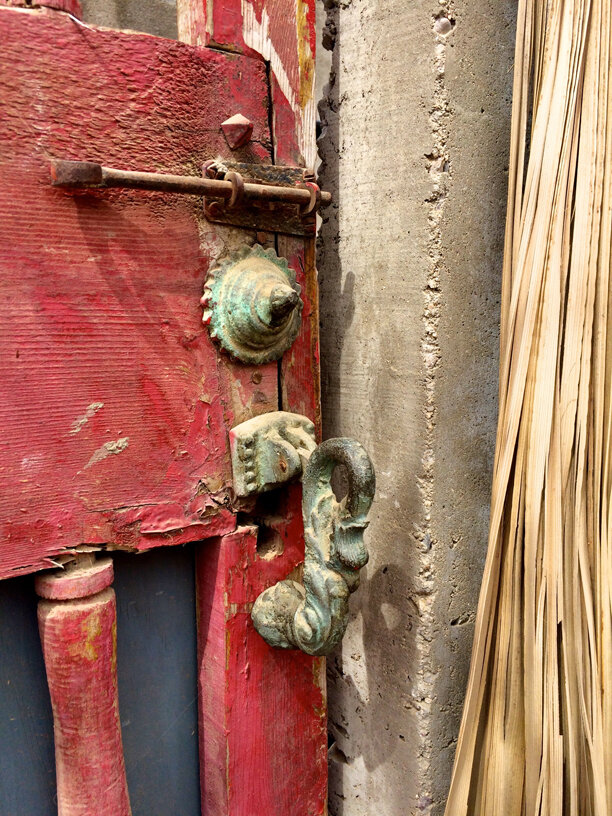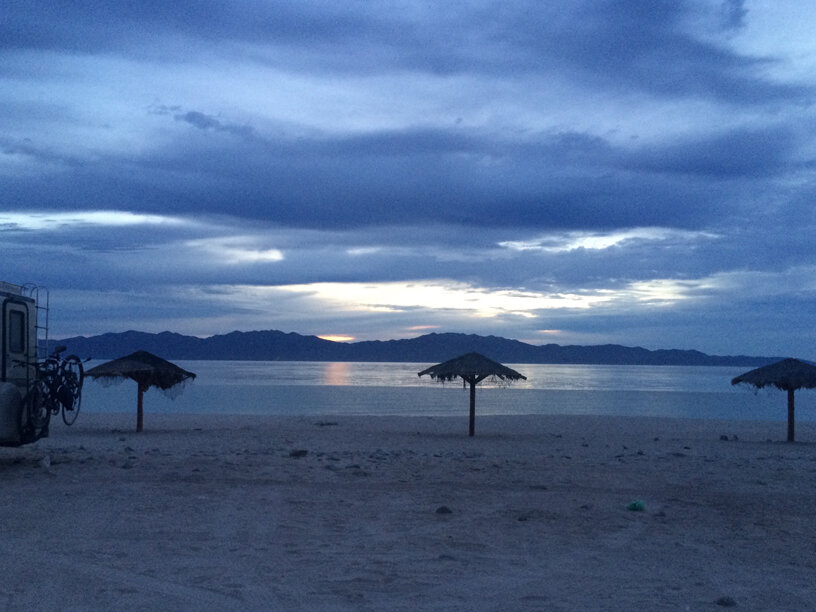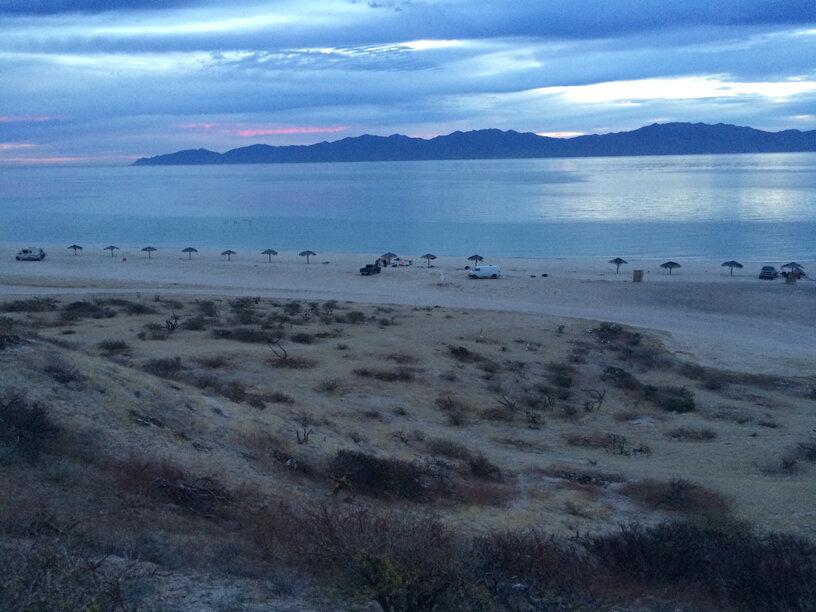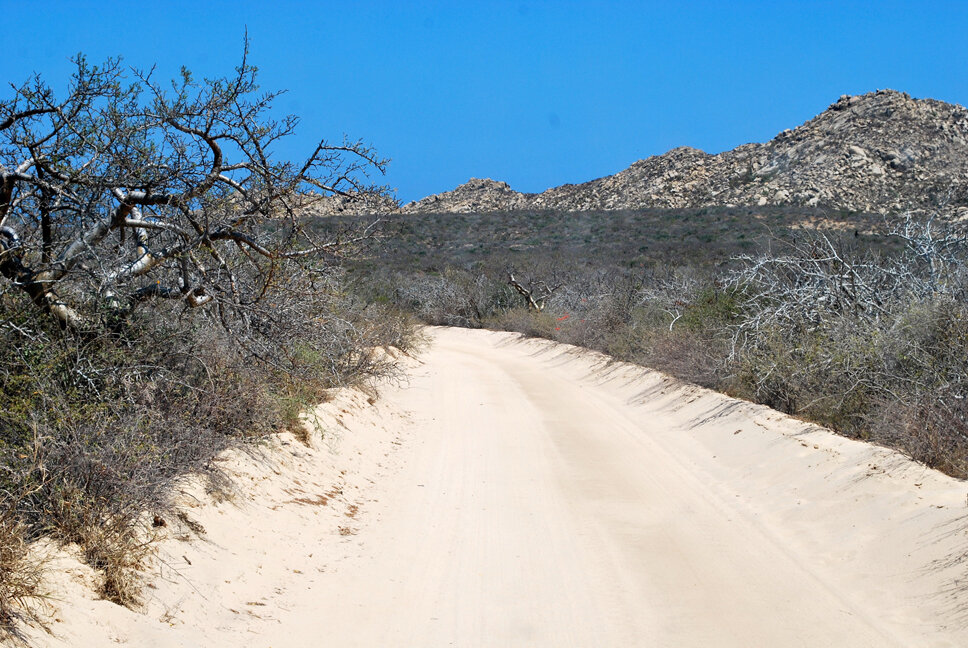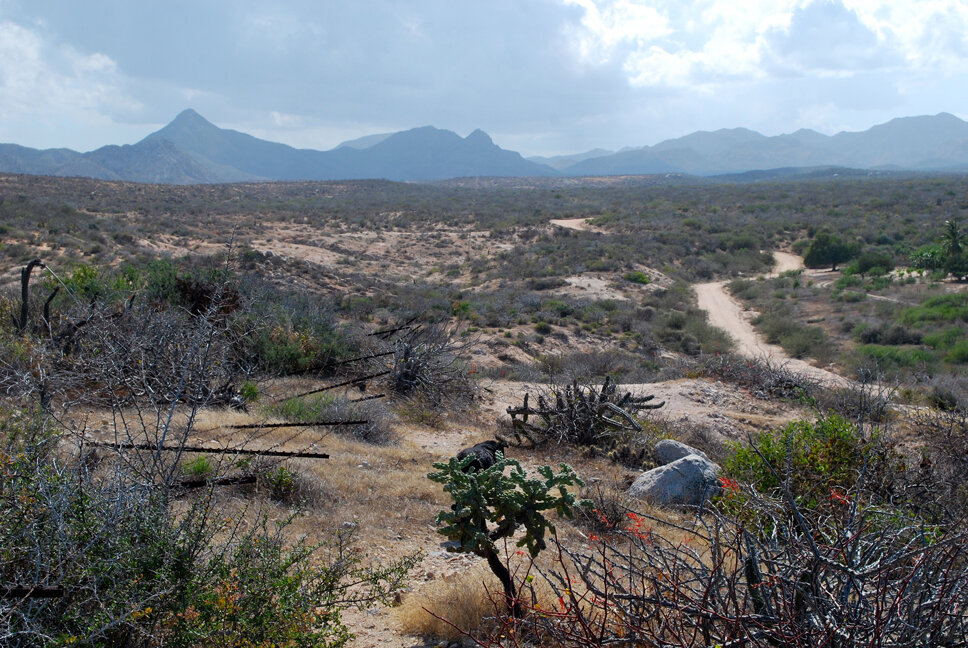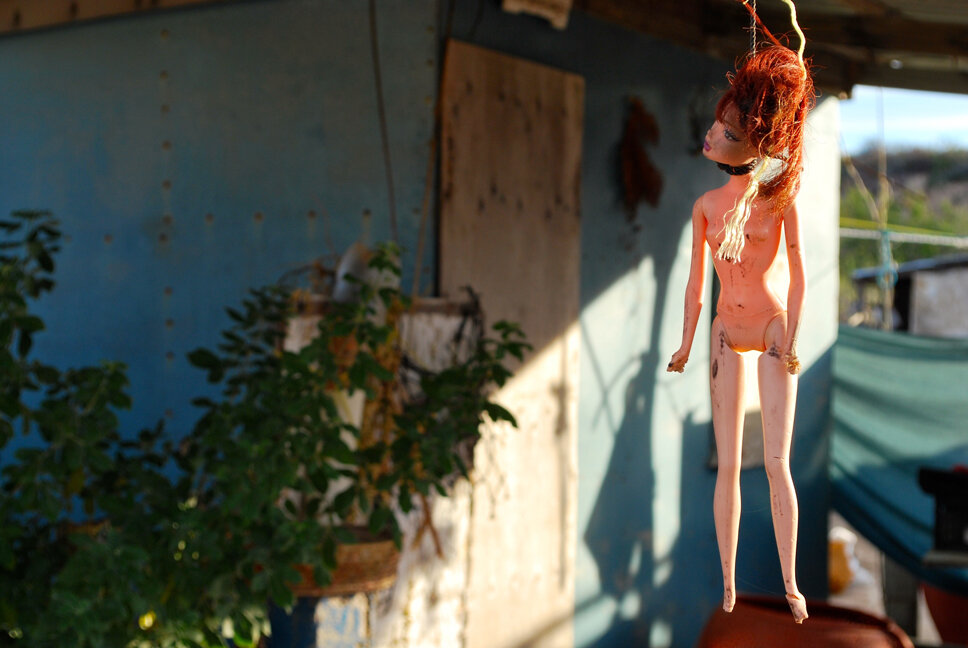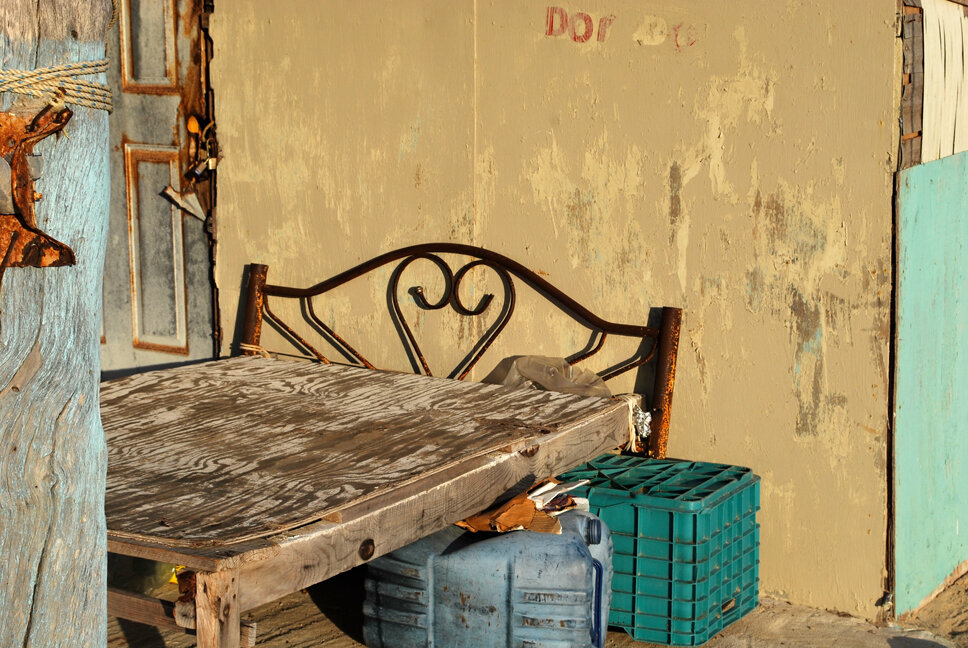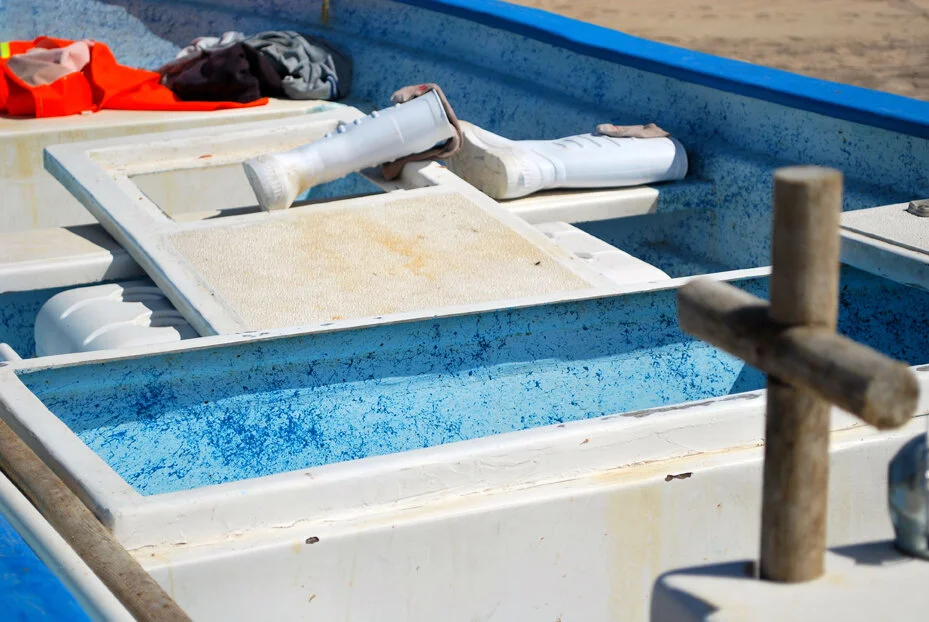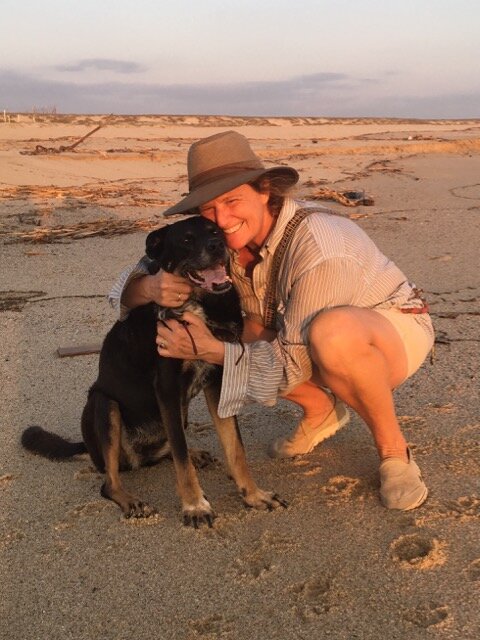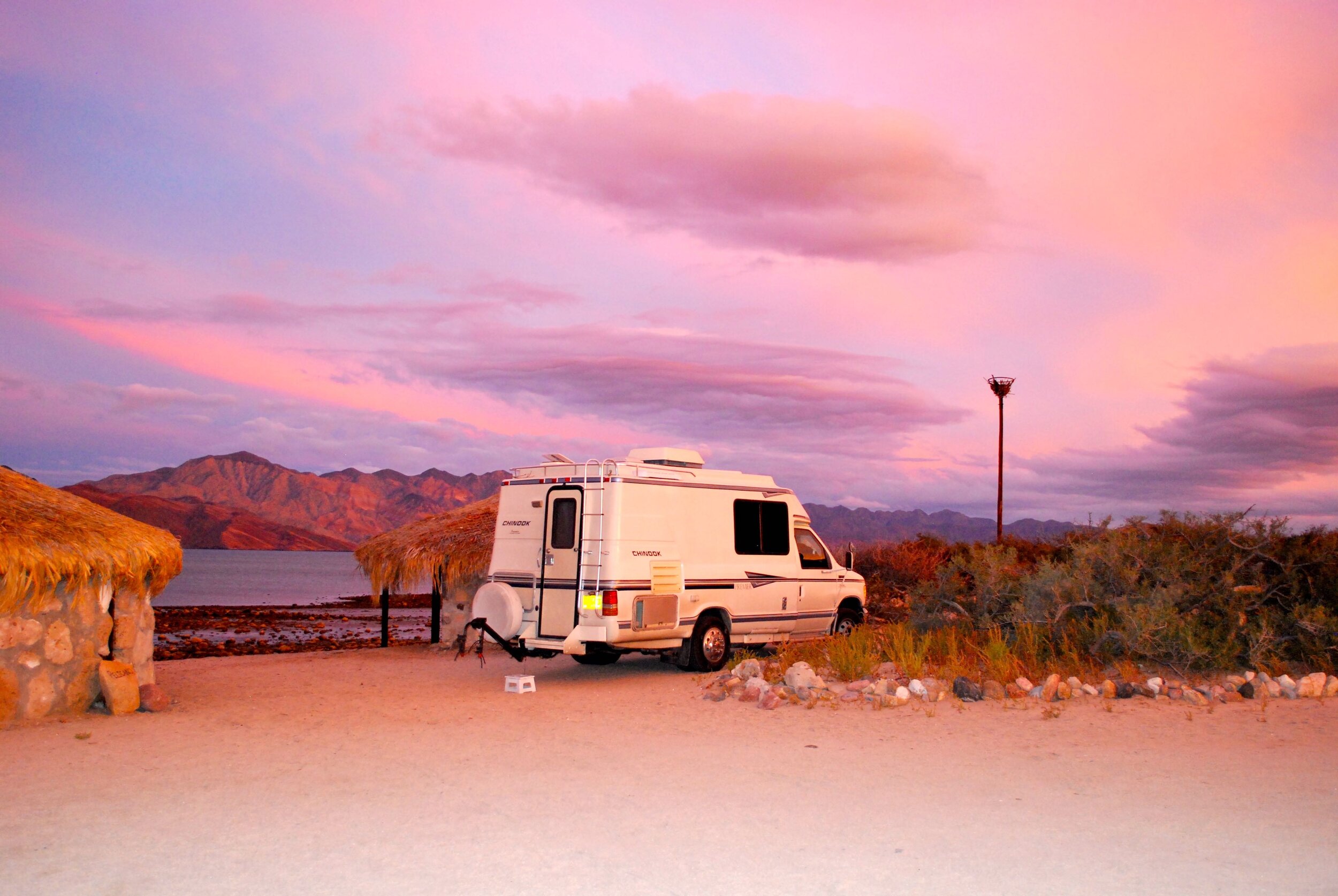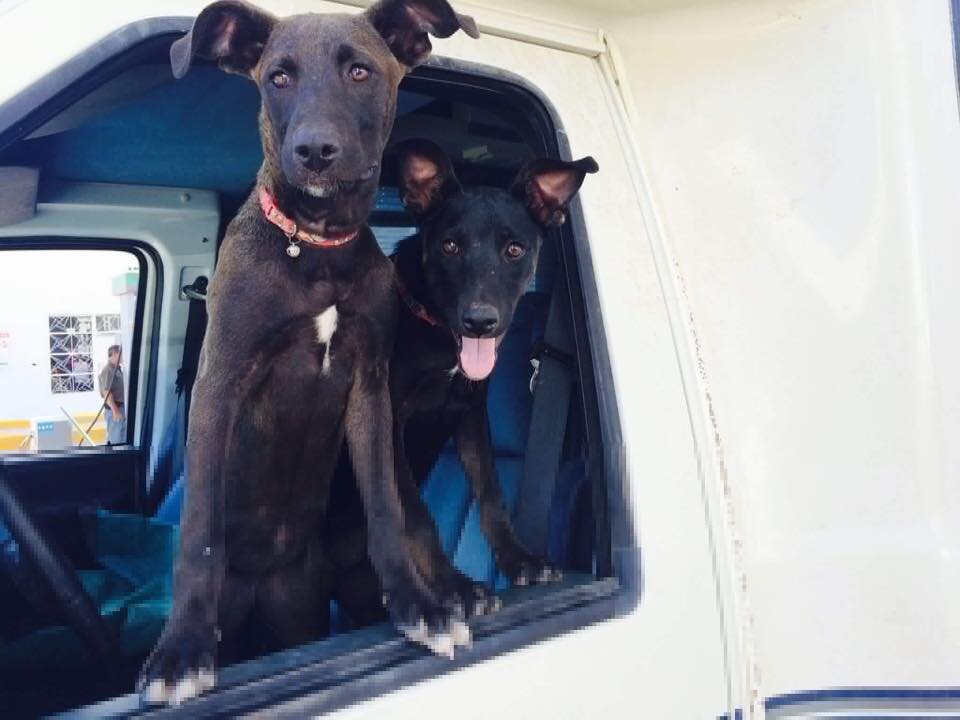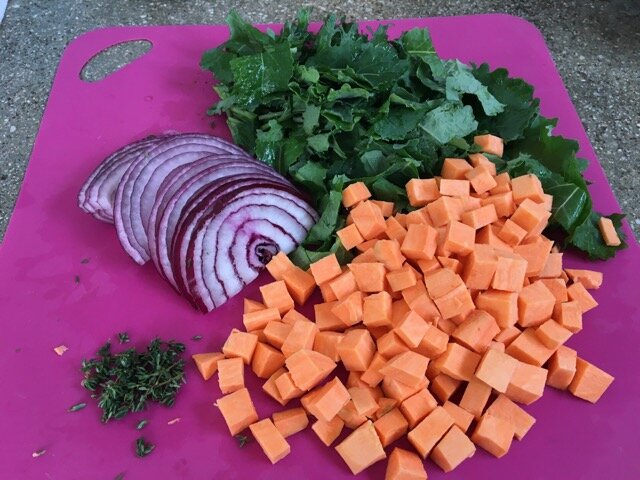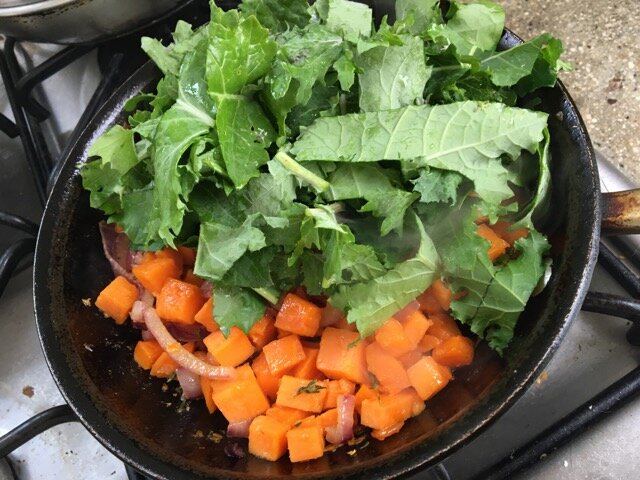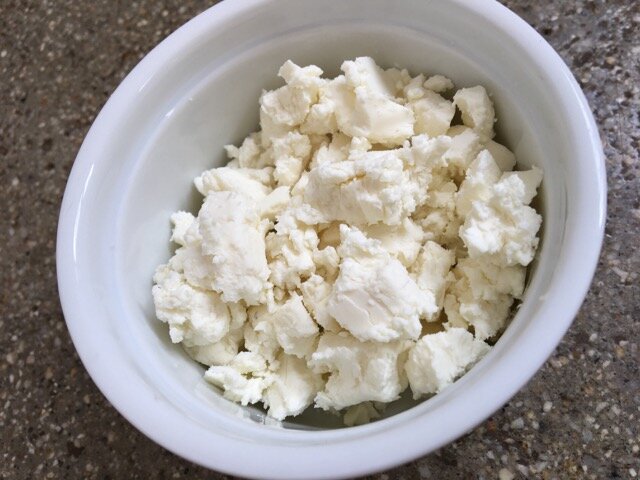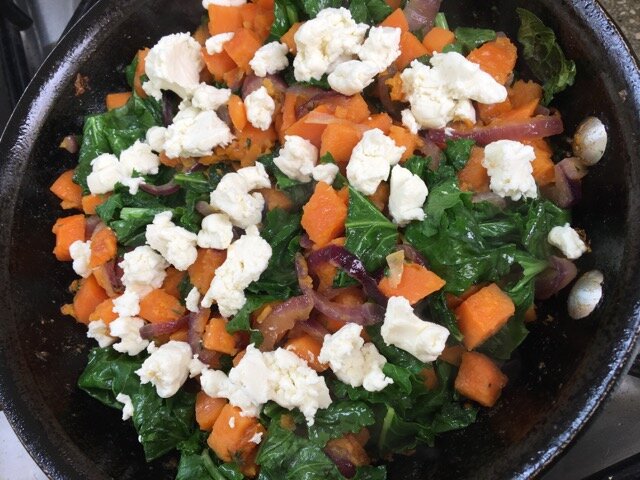I am Kirsten McCay and I just became the newest member of the Blue Factory Racing Team. I live in Colorado and I’ve been a highly competitive triathlete for over 20 years and have had my share of ups and downs during my long training and racing career. I have been fortunate enough to have raced in Kona for the Ironman World Championships, I’ve qualified for the Age Group World Championships, and I’ve been on the top of the podium in many local and regional races. But my triathlon experiences haven’t always been so jubilant. Recently, my “A” race for the entire 2020 season was postponed 4 months because of the COVID-19 virus. Most races are being canceled or postponed over the next couple months, with no one knowing when they will resume. And I just got my brand new BLUE Triad Elite triathlon superbike and I don’t get to race it for months or longer!
My advice to you: keep training as if you were going to race. You likely blocked out the time anyway to prepare, so keep your training going as much as possible. But since you don’t know when you will actually race again, make sure you are doing all your favorite workouts! That way, if your race never happens, you will have enjoyed your training time. If that means training with a friend, call up an old friend or training partner that you haven’t seen in a while and catch up while you are training. If that means binge watching a show you’ve been wanting to watch for a while but haven’t had the time, get on your treadmill or your trainer while you are watching. If you have a fave cross-training workout (mine is the step-mill), get on that as much as you want.
Even the training you may not love, the high mileage weeks, the hill climbs, the long runs and rides, they all have a lot of value on your mental state and outlook on life. Physically, mentally, and emotionally, working out, getting outside, getting fresh air and sunshine, and getting your blood flowing, have all proven to help with stress, alleviate symptoms of depression, and increase your general health and well-being.
There was a time, about 12 years ago, when I stopped enjoying my training. I trained hard only to do well in races. For about a year, I didn’t perform as well as I wanted to. The season culminated with my “A” race which didn’t go as planned, and I ended up crossing the finish line in tears. My husband at the time saw me cross and immediately ran over to make sure I was OK. He thought I had hurt myself or something, but I hadn’t, I was just disappointed in my performance and my result. I told him I wanted to do better, I didn’t have fun at all, AND I didn’t even make my goal time. He suggested I take a break from racing, and I agreed. I spent the next 2 years taking a break from training and racing and focusing on some other areas in my life that had been neglected. In those 2 years, I actually signed up for a couple races thinking I was ready, but then as they got closer, I realized I wasn’t excited to train, so I chose to cancel the races.
After 2 years, I was ready. I missed training and racing and I picked a race and started training. I enjoyed training, but didn’t actually LOVE it. I raced for a year and then had a bike accident where I broke my collar bone. It was 2 weeks before my “A” race that I had been training like crazy for with a huge goal. I was out for the season. I was so depressed, I cried, ate a crap ton of junk food, gained weight, felt sorry for myself, and laid in a recliner for 8 weeks letting it heal. When I was able to move again, I was extremely grateful for movement and training and strength and started training with a vengeance. I loved every single workout that I had previously taken for granted. I enjoyed every minute I spent swimming, biking, and running, and saw my training and my sport with fresh eyes. I trained more than ever with a big goal for the following season which I crushed!
Ever since then, I incorporate all my favorite workouts into my training. It helps me love and appreciate even the previously dreaded workouts like time trials, speed workouts, and long long days. This year I am back to a full season of racing after taking about 2 years off while I was pregnant and had a baby. I trained through my pregnancy and after my obligatory 6 weeks off after delivery, I was back to building up my strength and endurance and get back into racing ASAP.
This year I have another big goal for my triathlon season. I started picking up my training miles in December and by mid-March I was up to 22 hours a week. I was right on track to rock my May 2nd Ironman in St George, UT when I got the email about the postponement 2 days ago. Was I bummed? Of course! Was I devastated? Not at all! I am going to keep enjoying my training for another 4 months and I will be so ready to race in St George on September 19th.
You can follow me on Instagram #fitnessdivakir and on Facebook @FitnessDivaKir and of course @rideblueusa and #bluefactoryteam







